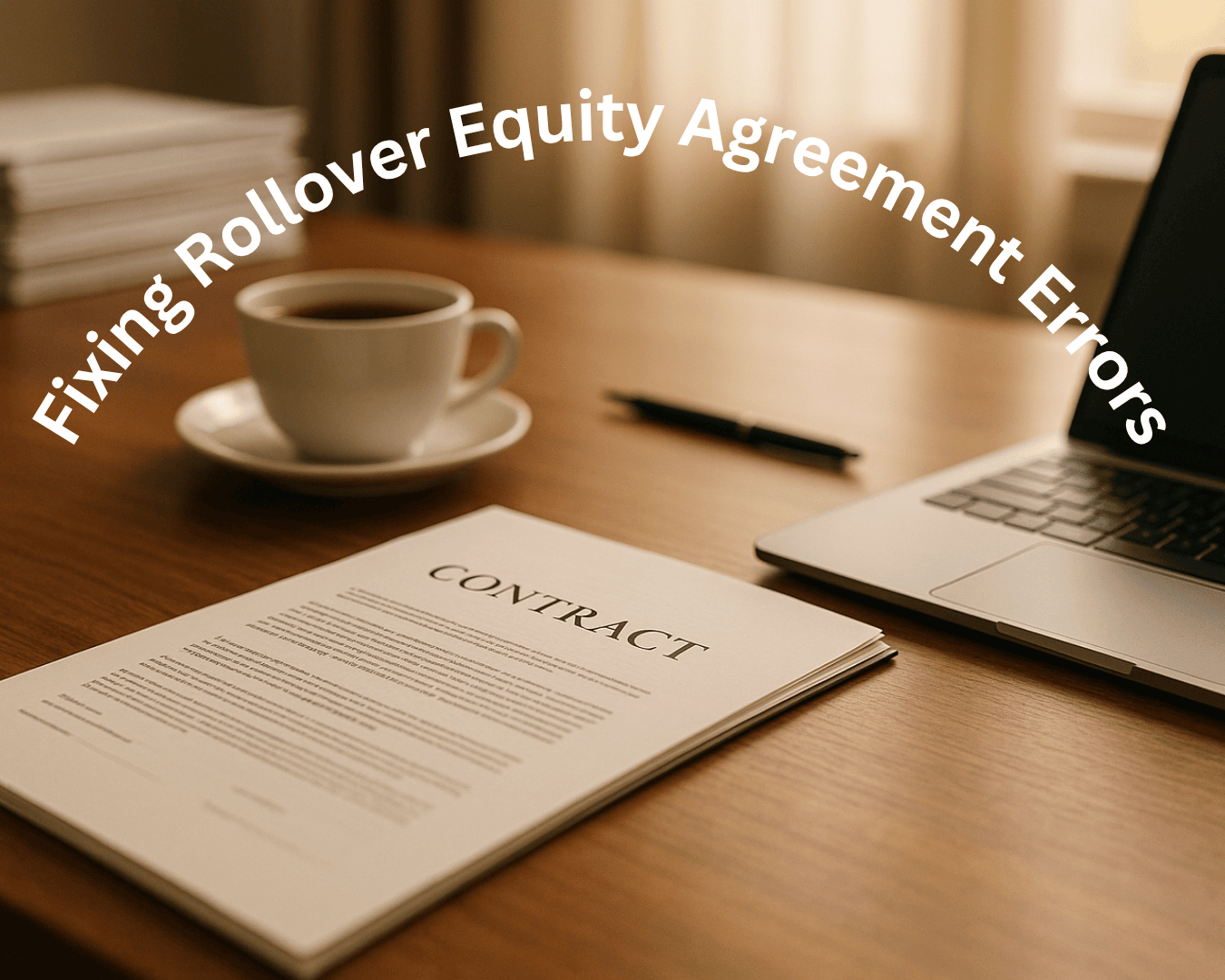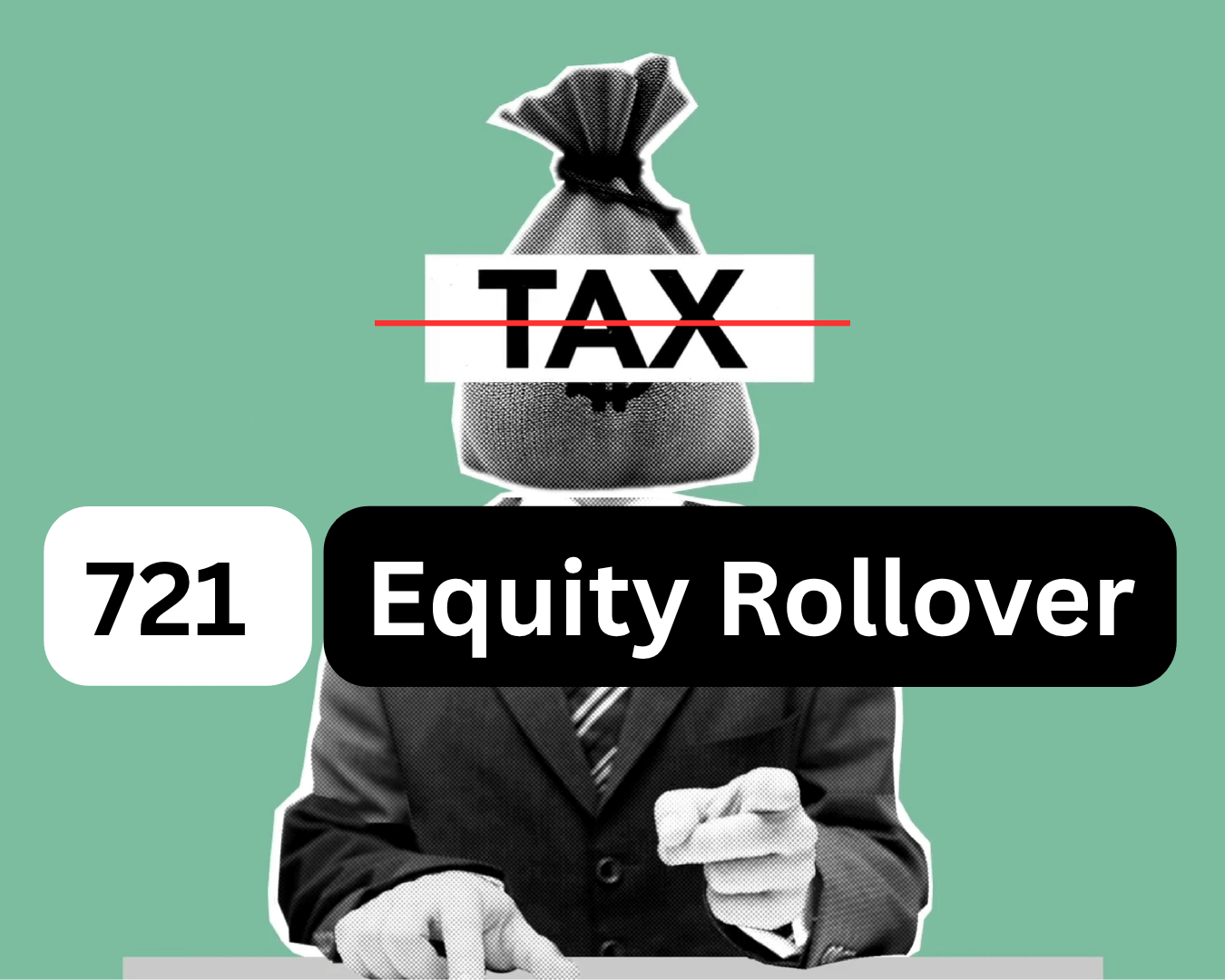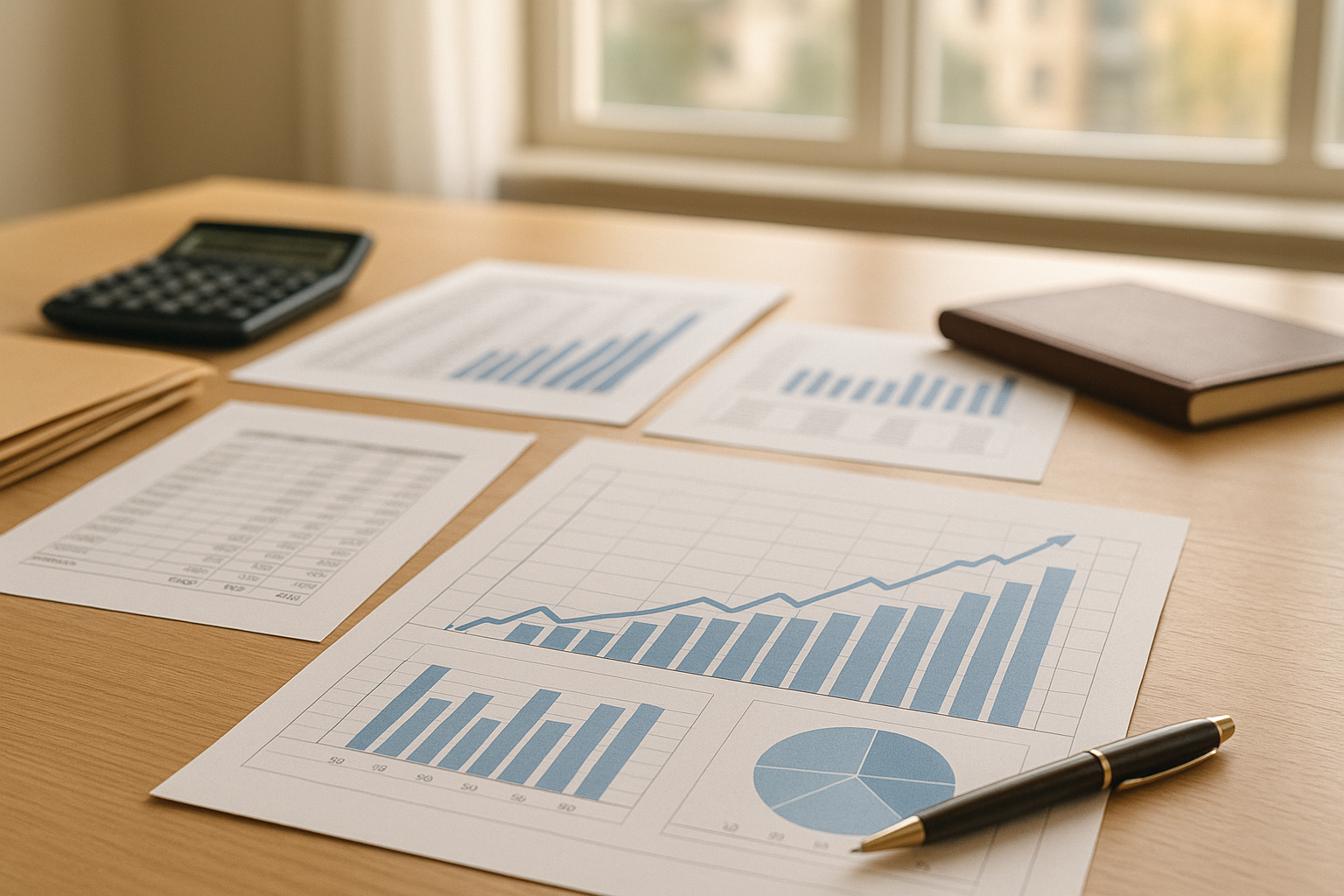Recent reporting from Barron’s reveals a sharp uptick in early delinquencies and defaults in the SBA’s flagship 7(a) lending program—raising alarms among policymakers and experts alike. While the program has long underpinned small business growth, policy shifts during the Biden era appear to have jeopardized its financial stability—benefiting some lenders, but posing growing risks to borrowers and taxpayers.
What’s Driving the Surge in Defaults?
Fee Waivers & Lax Standards
In 2023–2024, the SBA cut lender guarantee fees—particularly for loans under $1 million—and eased underwriting standards. These changes aimed to boost access to capital, but also triggered sharply higher early default rates and pushed the program into negative cash flow for the first time in over a decade.
Surging Delinquencies
Default metrics have doubled—from about 1% to 2.5%—and early defaults (within 18 months) have nearly tripled to nearly 1.5%. Meanwhile, the SBA’s total costs of failed loans ballooned from $570 million in 2021 to $1.6 billion in 2024.
Who’s Benefiting—and Who’s Paying the Price?
Winners: Certain Lenders
Banks like Huntington, Live Oak, NewtekOne, and Ready Capital have reaped gains from the fee cuts thanks to government-backed guarantees and “gain on sale” income, even as default rates climbed.
Losers: Taxpayers and Small Businesses
Borrowers face increased debt burdens and damaged credit, while taxpayers are left covering mounting default costs. Barron’s highlights how lax standards served a small segment of lenders at significant public expense.
SBA Reforms: Return to Prudence
Fees and Standards Restored
In response to rising risk, the SBA has reinstituted guarantee fees and reversed pandemic-era underwriting flexibility to return the 7(a) program to its zero-subsidy model. New regulations also raise credit score thresholds, tighten documentation, and expand insurance requirements—making SBA loans more reliable but harder to access.
Regulatory Pushback
These reforms intend to safeguard taxpayer dollars and reduce borrower defaults. However, they may also throttle credit access for underserved businesses—particularly minority- or first-time entrepreneurs—who previously leveraged relaxed terms to secure capital.
What This Means for Stakeholders
- Borrowers should prepare for stricter qualification criteria, higher upfront fees, and rapidly increasing rates. While SBA loans remain valuable, alternative capital sources may now be more viable for some.
- Lenders may face reduced profitability from 7(a) loans, but more disciplined underwriting should strengthen loan portfolio health in the long run.
- Policymakers must balance the twin goals of fiscal responsibility and small business access—especially in underserved communities.
In Summary
The recent deterioration of SBA 7(a) loan quality should serve as a cautionary tale: well-intentioned policy shifts—like fee waivers and relaxed lending rules—can strain public programs and expose stakeholders to unintended fallout. While reforms are under way, longer-term solutions should aim to preserve access to capital without compromising sustainability, oversight, or financial integrity.
Further Reading
- Barron’s: “Some Lenders Benefit From SBA's Troubled Loan Program”
- Barron’s: “SBA Loans Are Going Bad. An Internal Risk Analysis Gives Details."
- SBA Press Release: Reinstating Lender Fees and Standards
- Investopedia: 6 Ways an SBA Loan Just Got Harder to Get



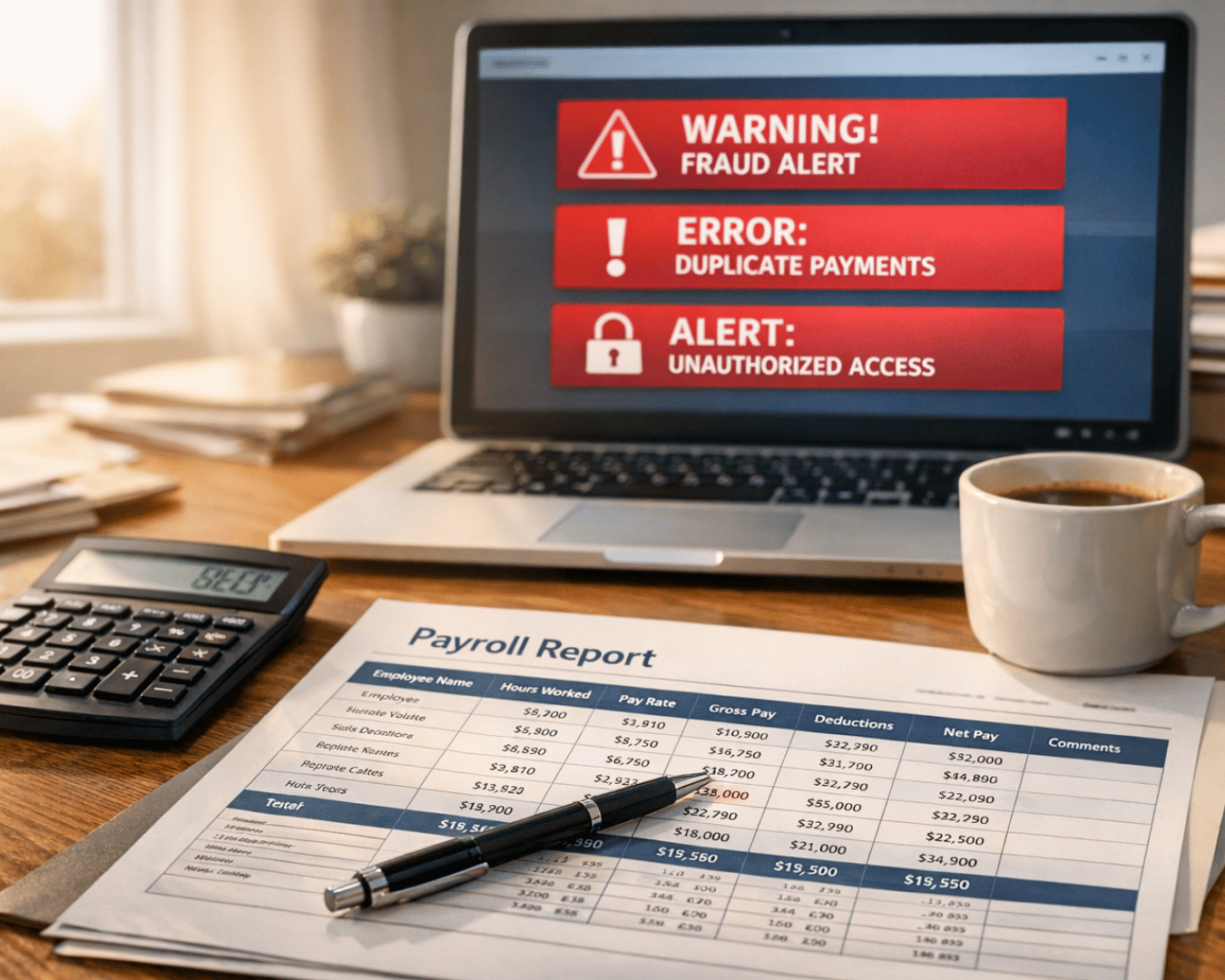








.png)







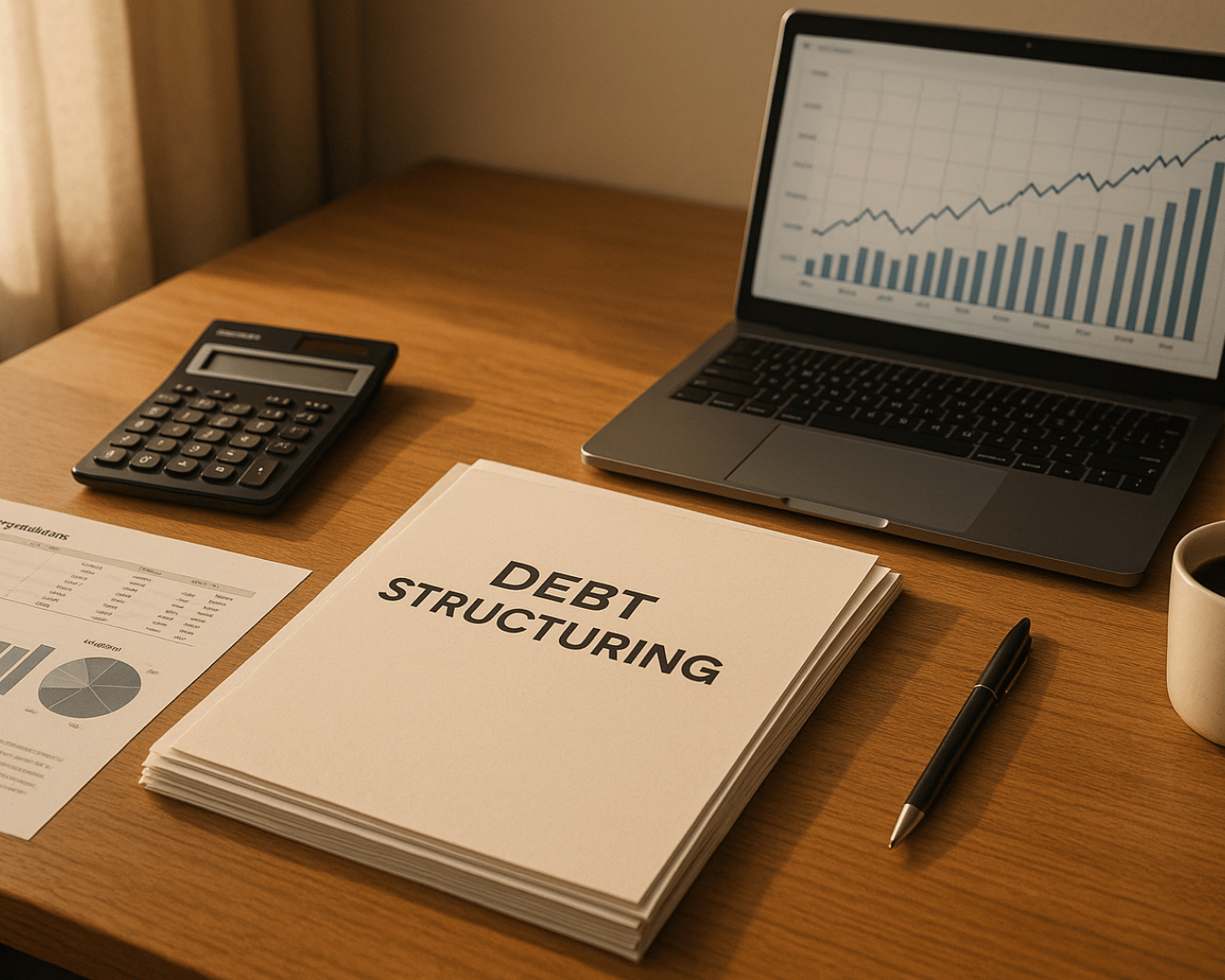
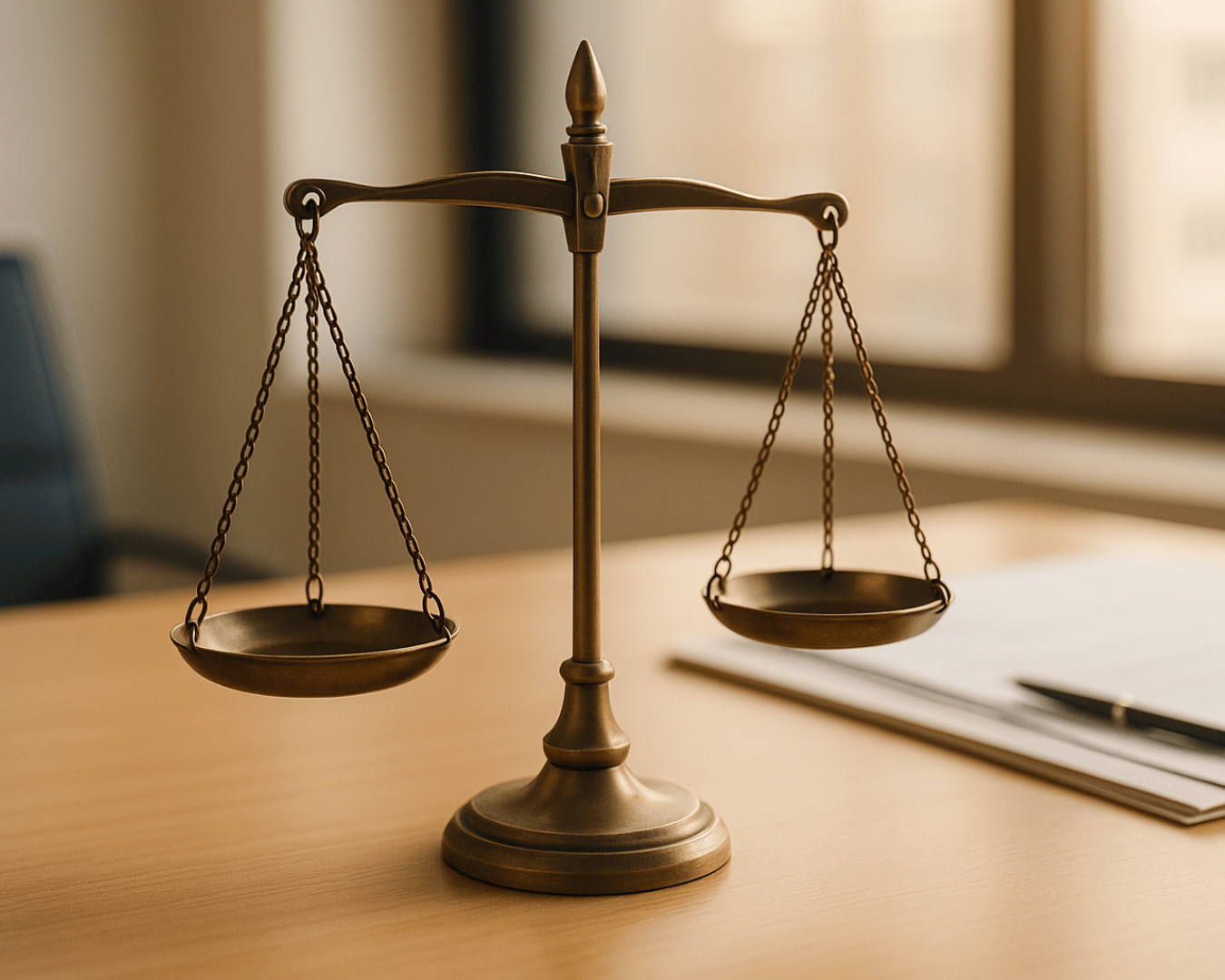



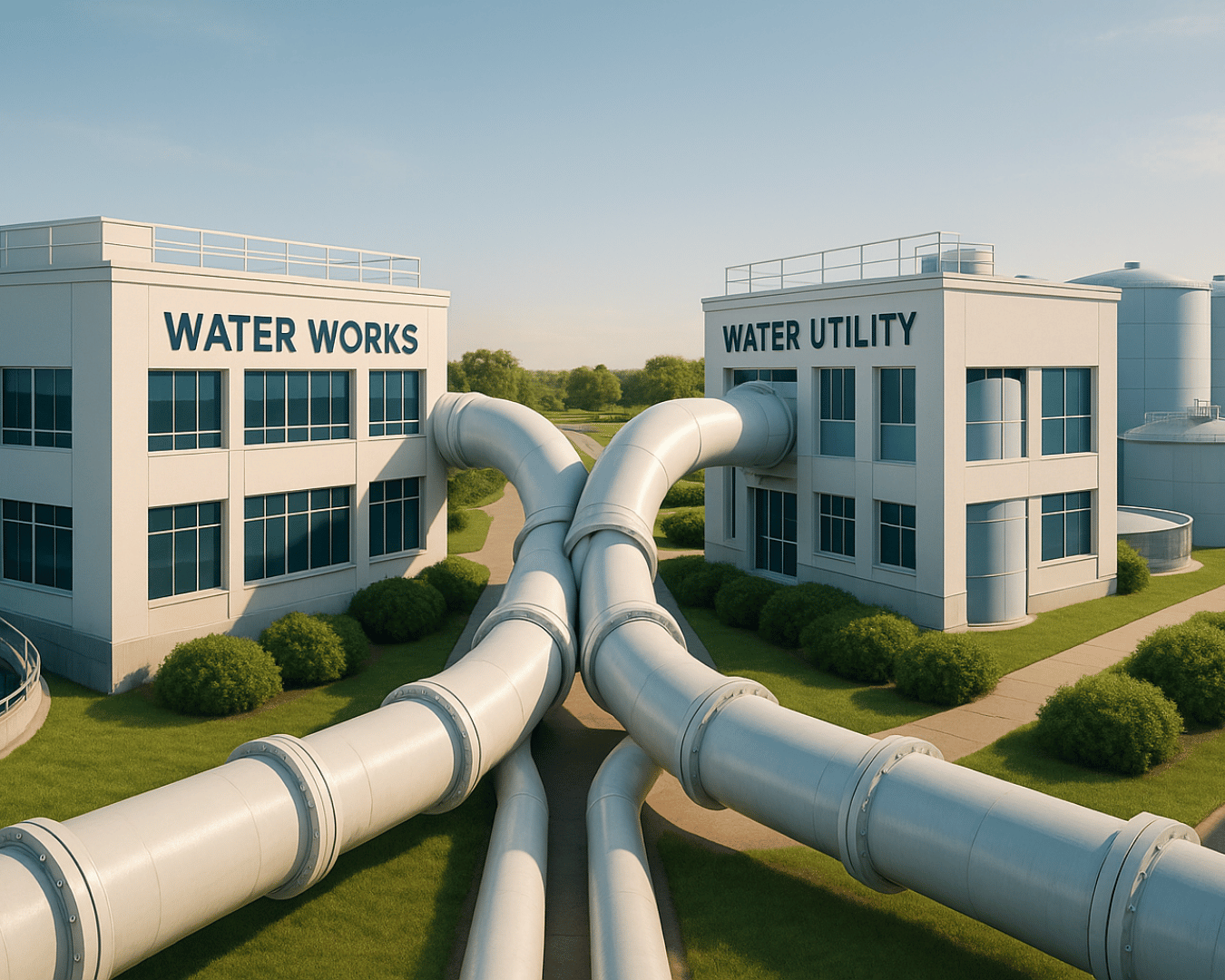

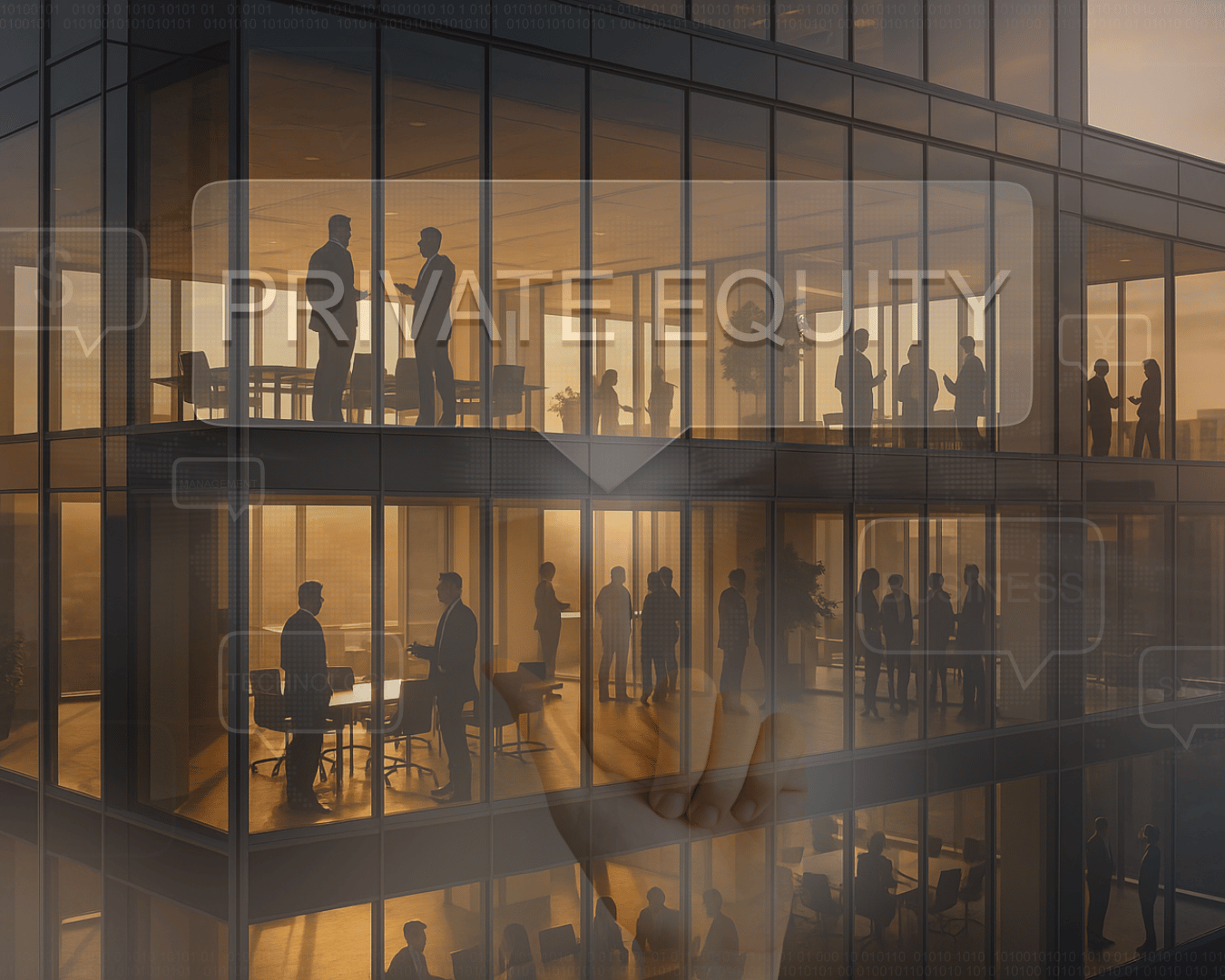





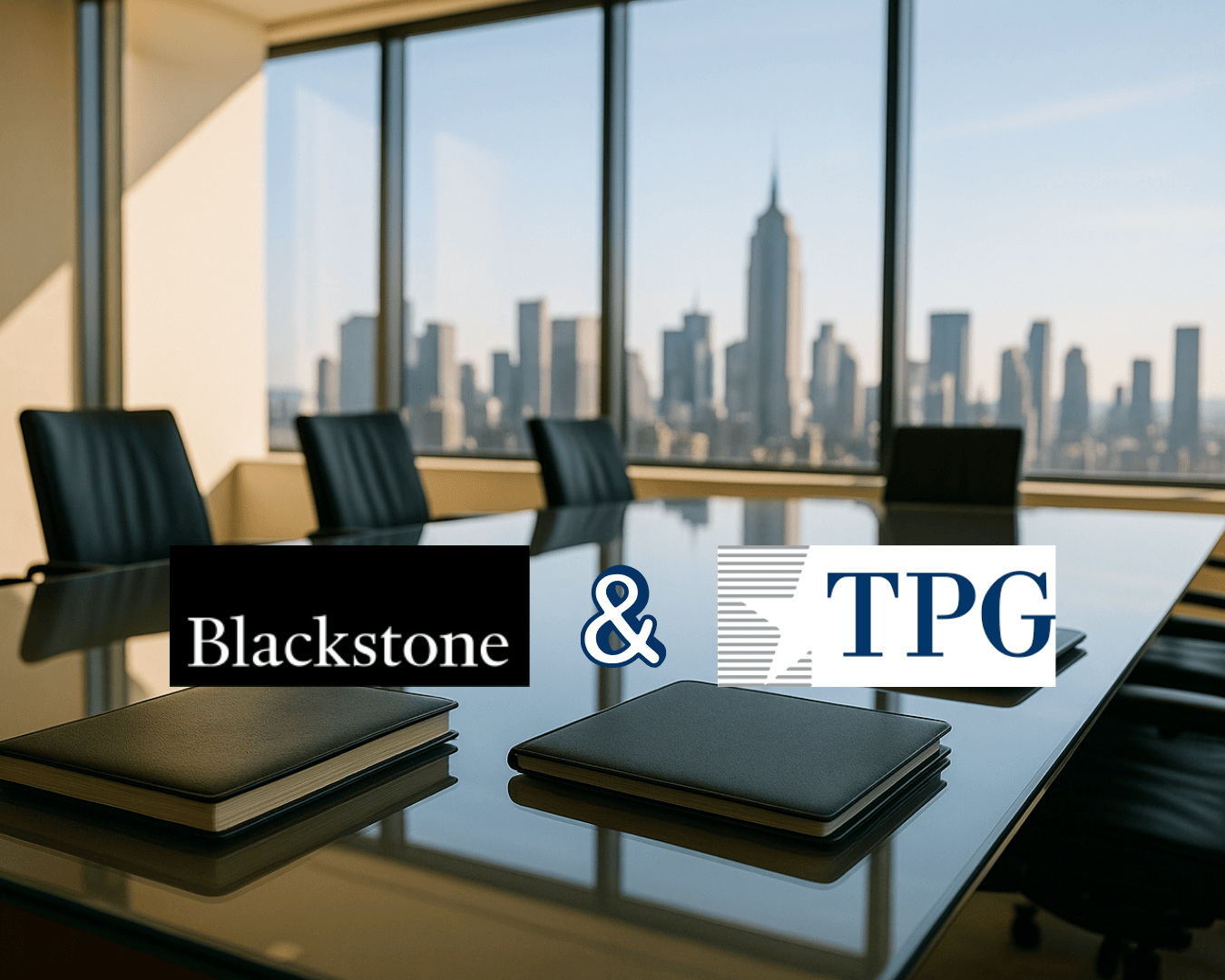
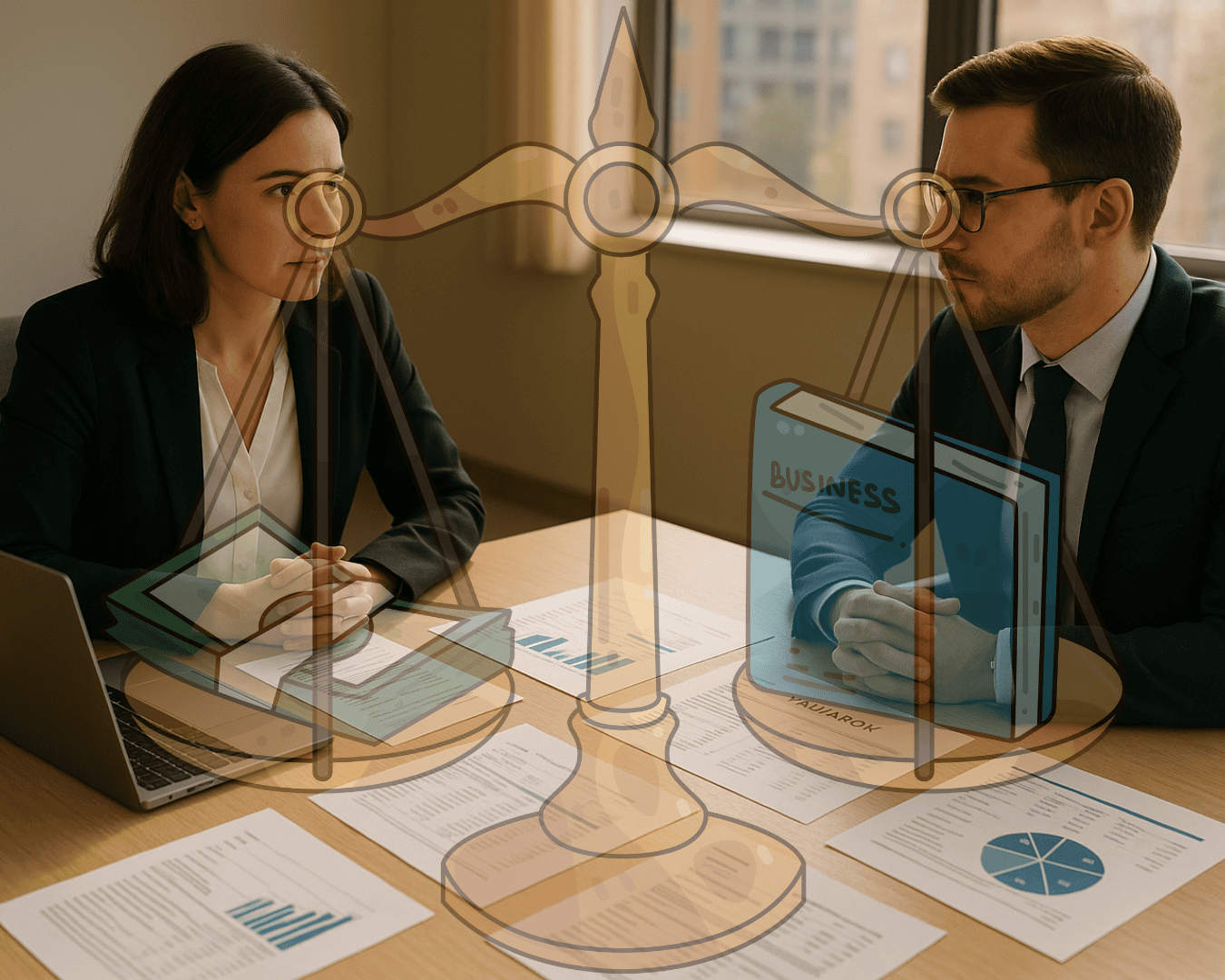
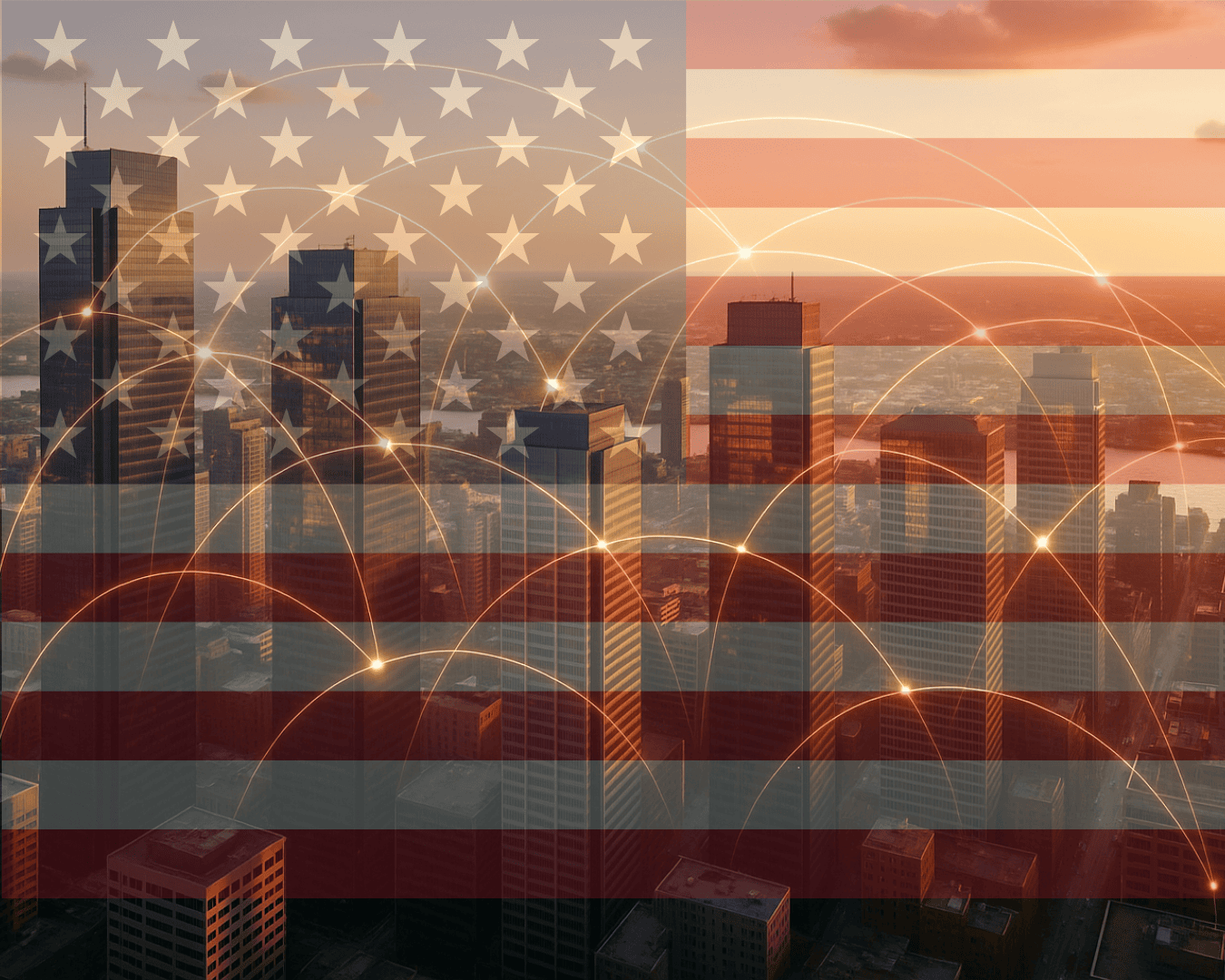

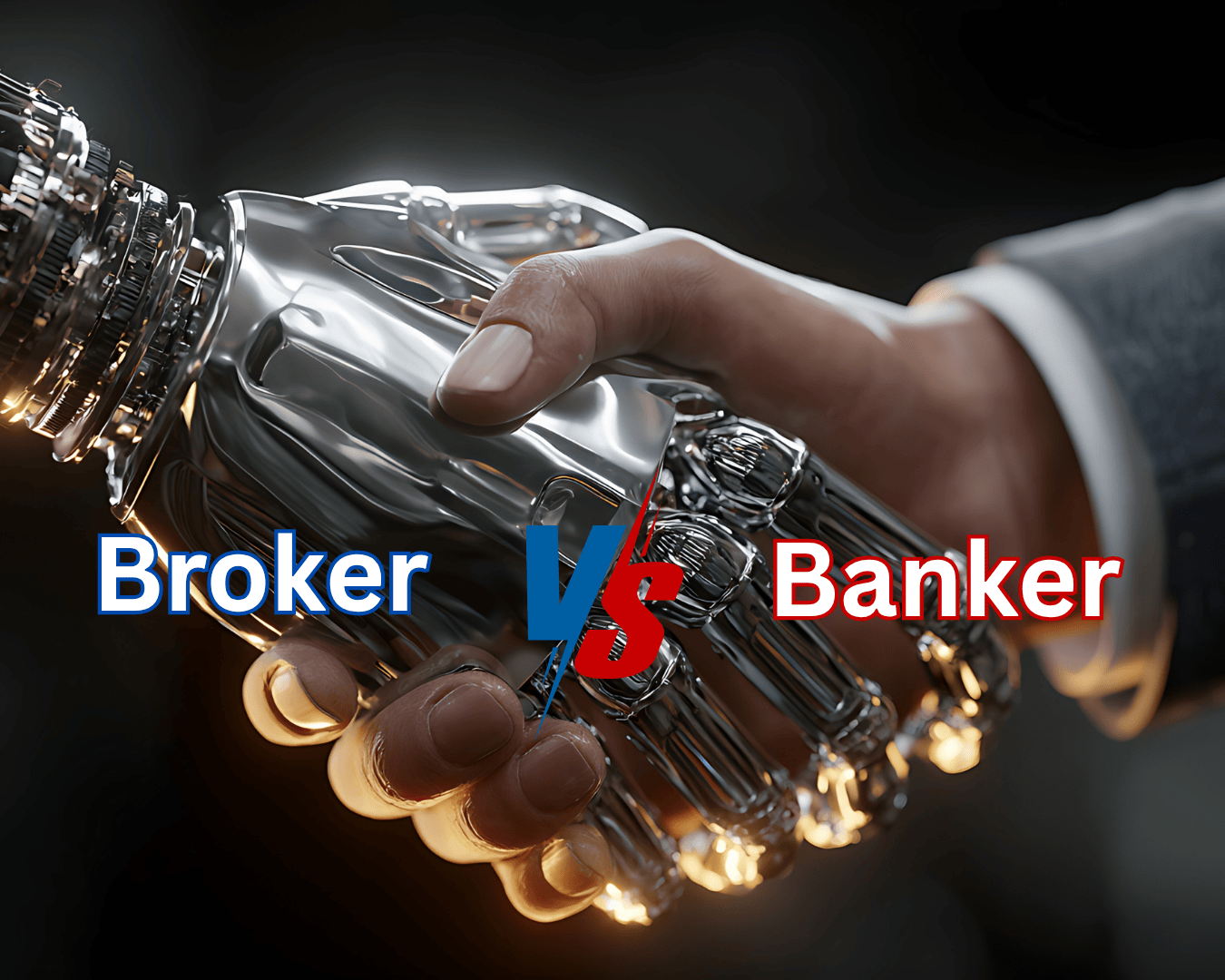

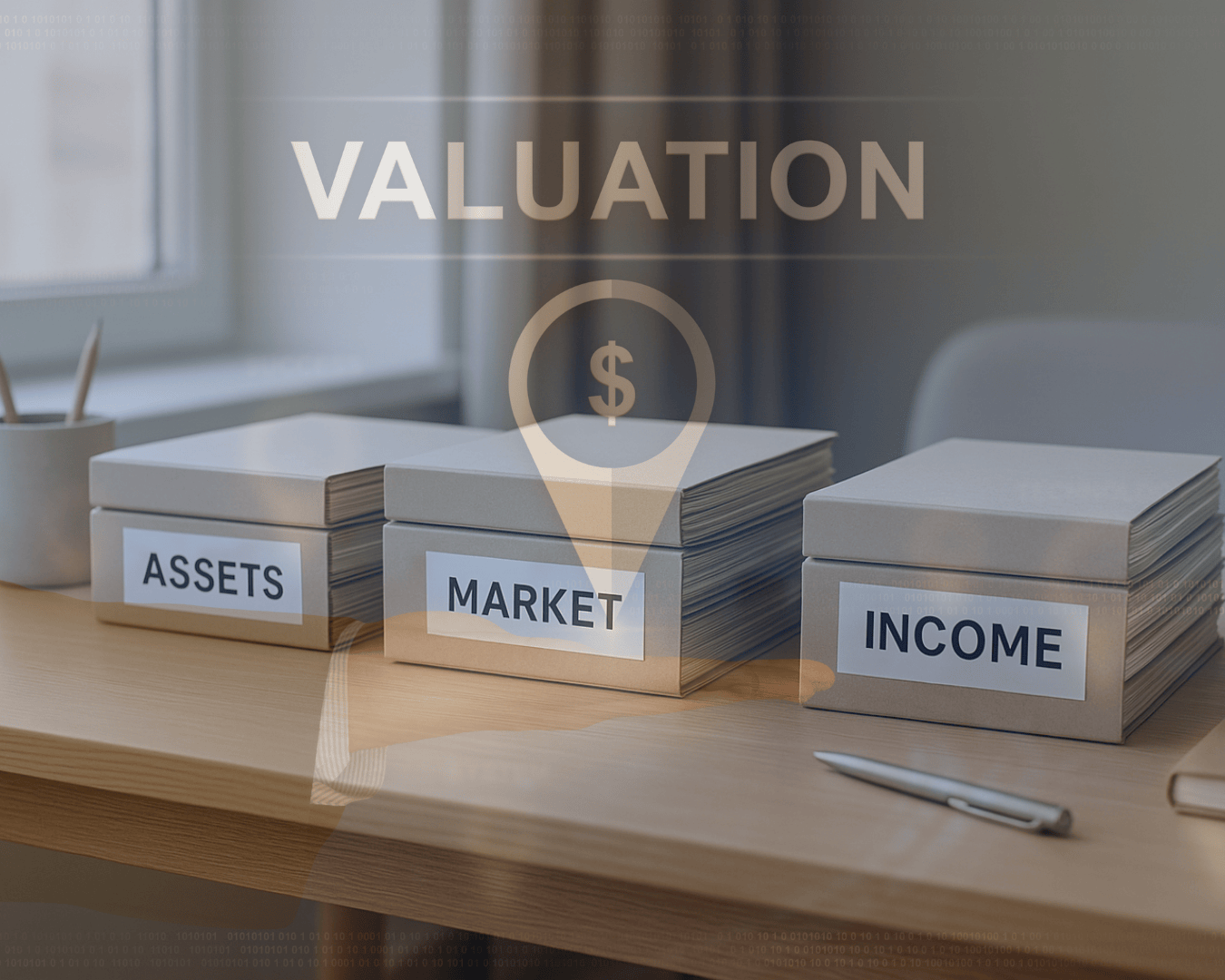


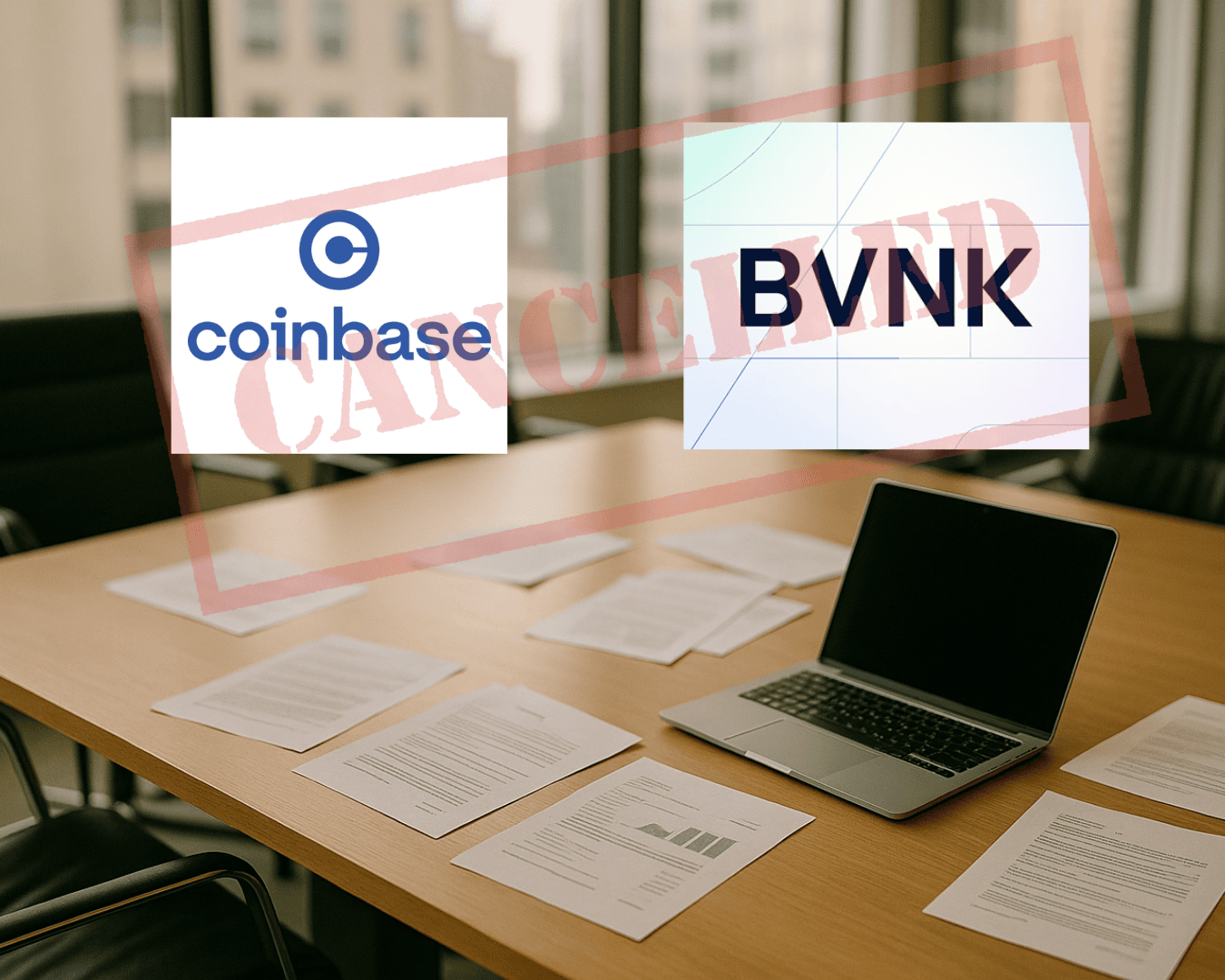
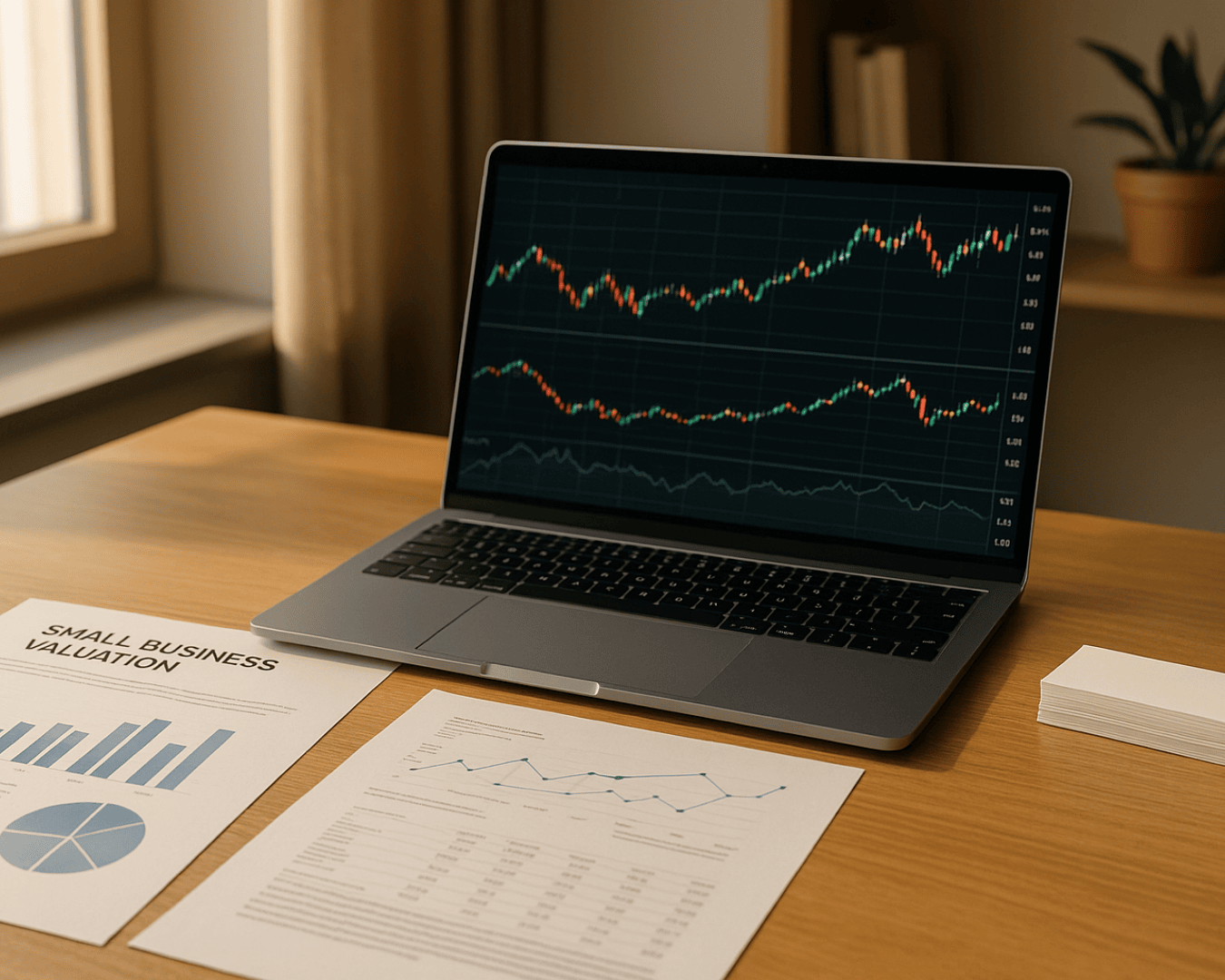





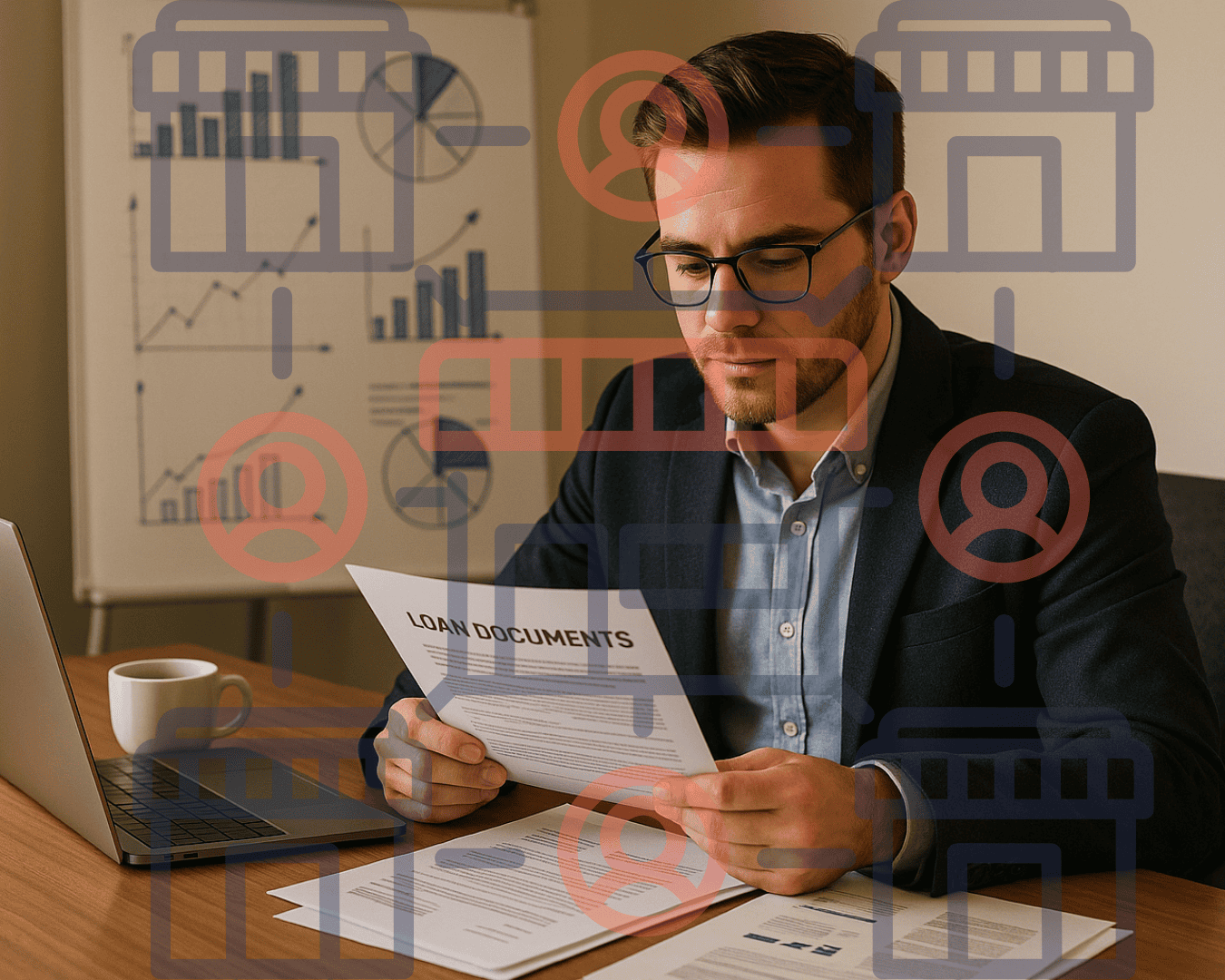


.png)

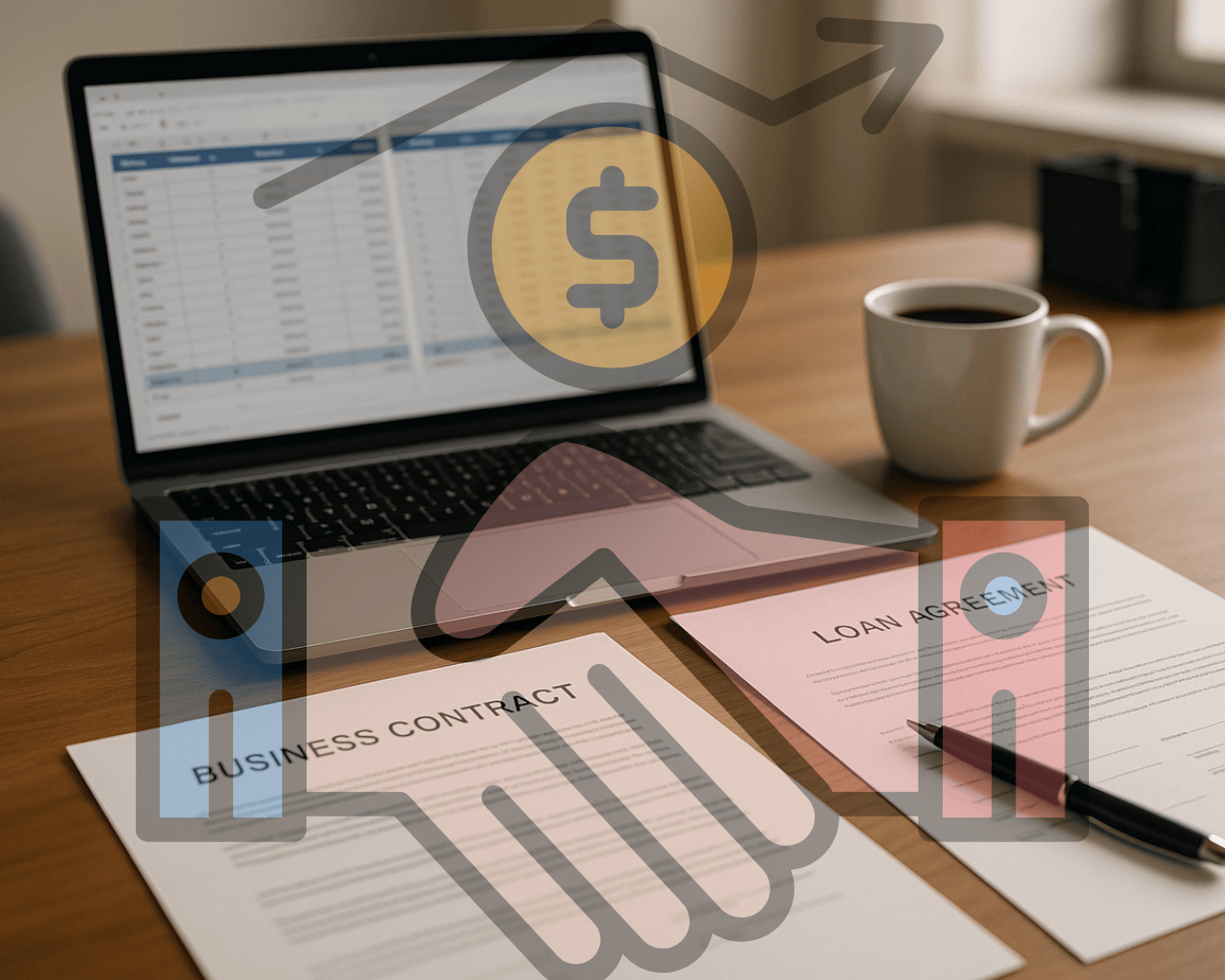


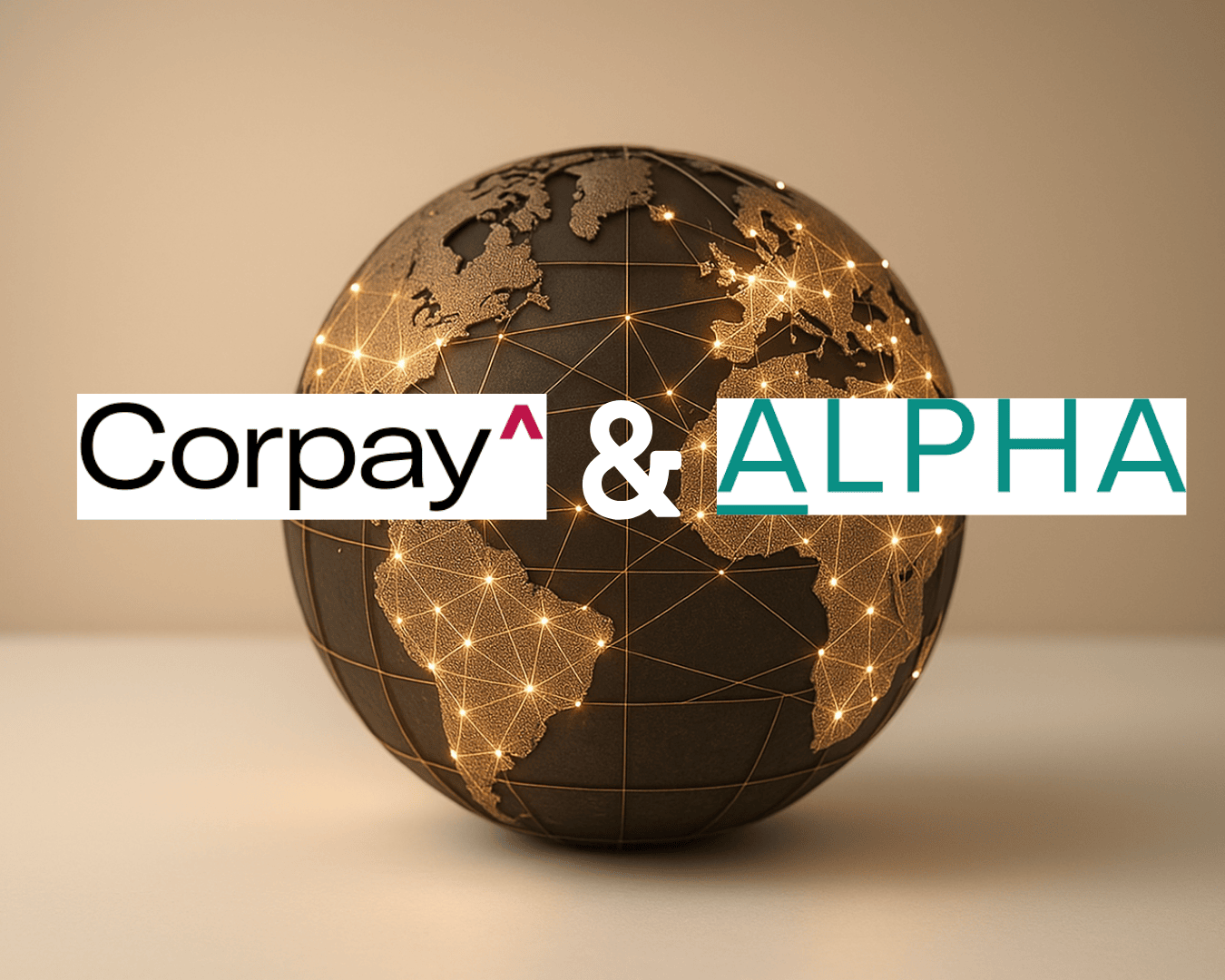
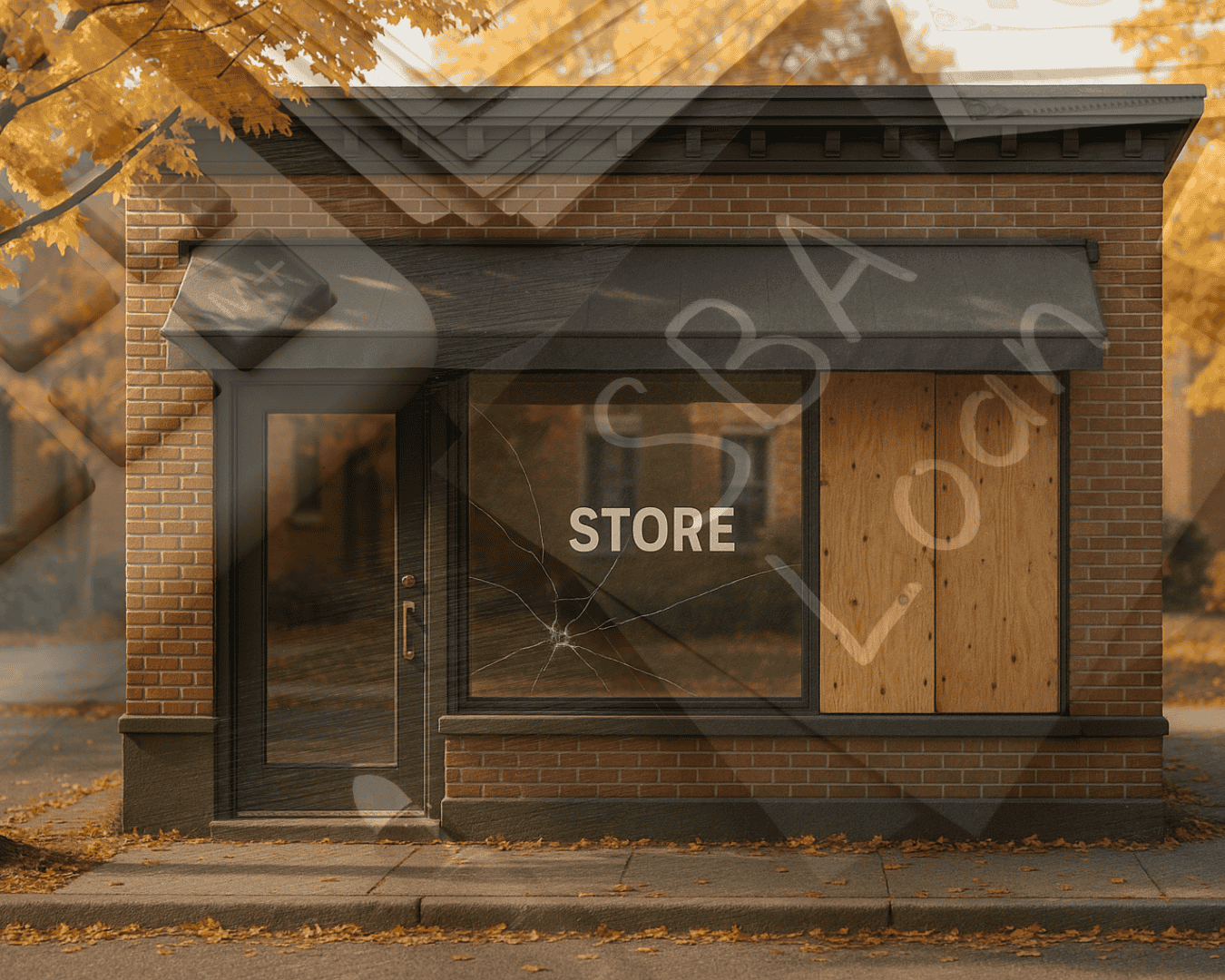
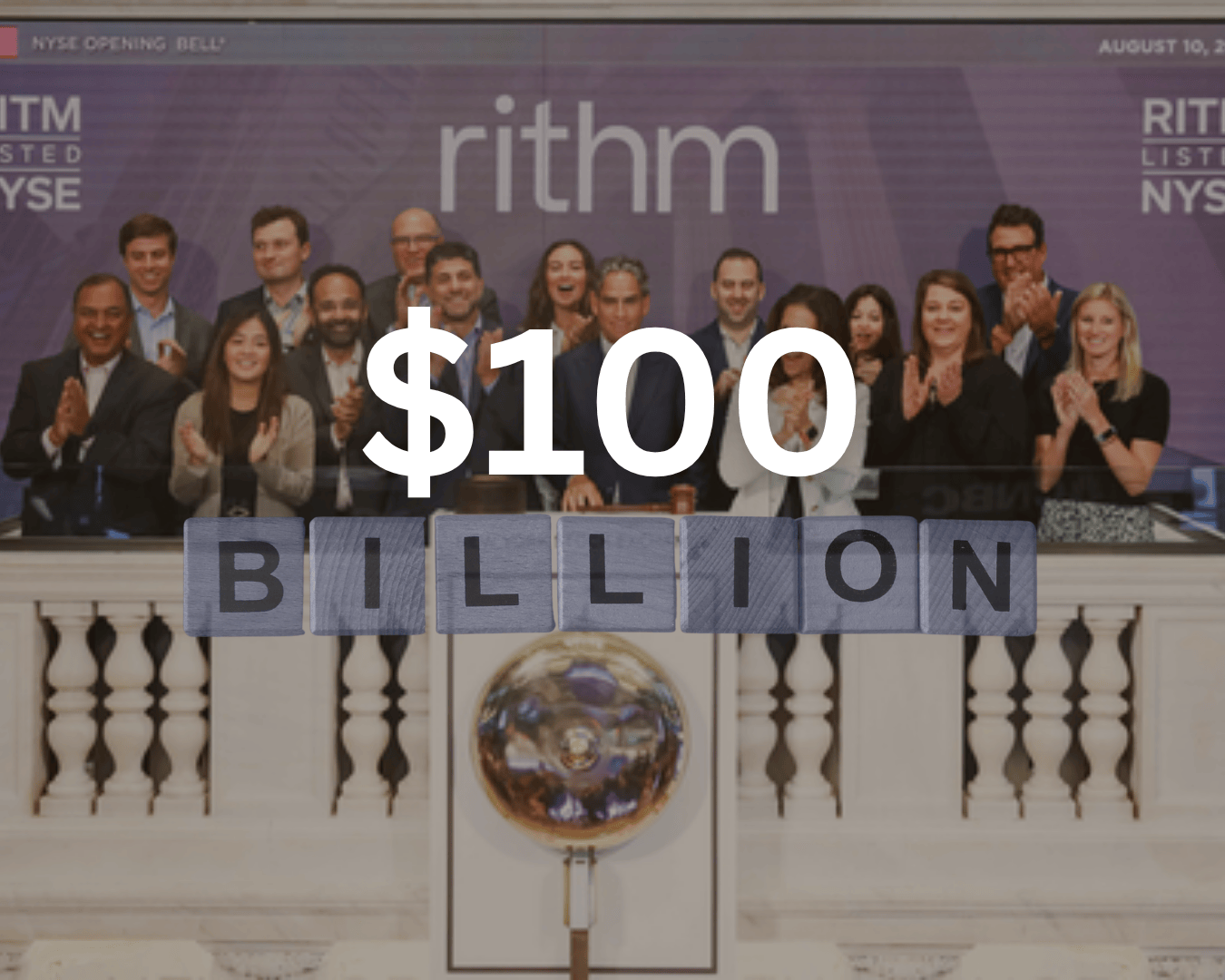



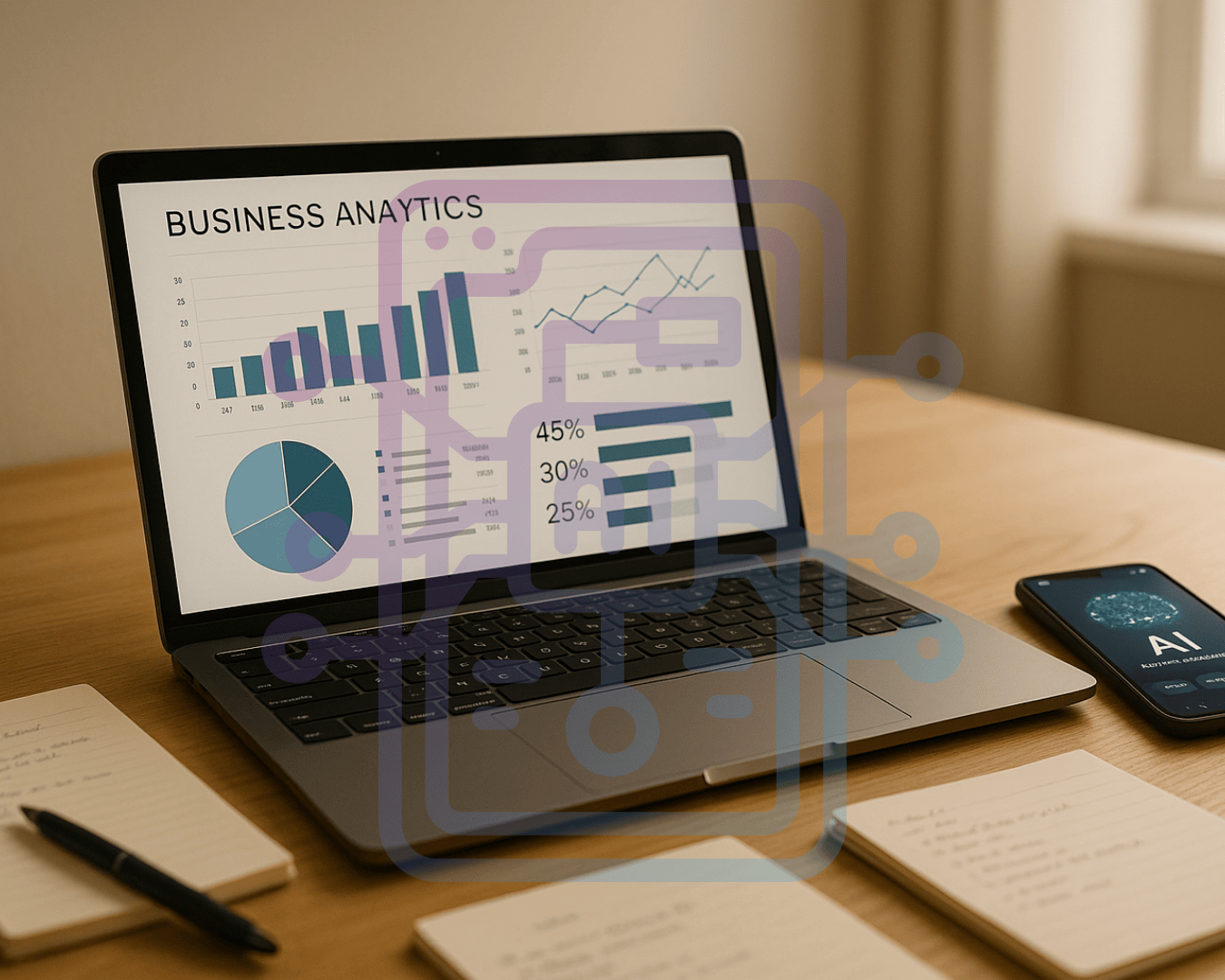






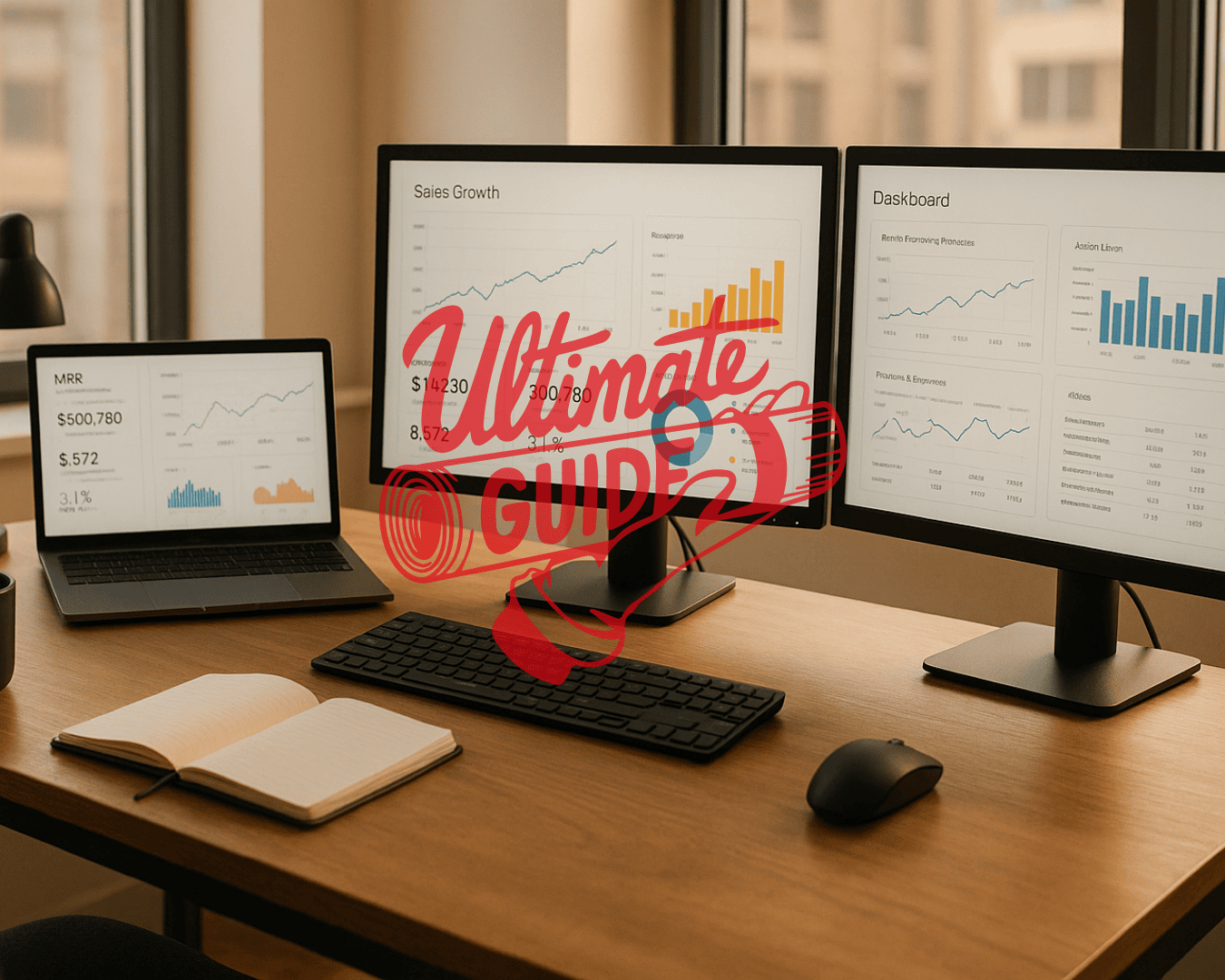



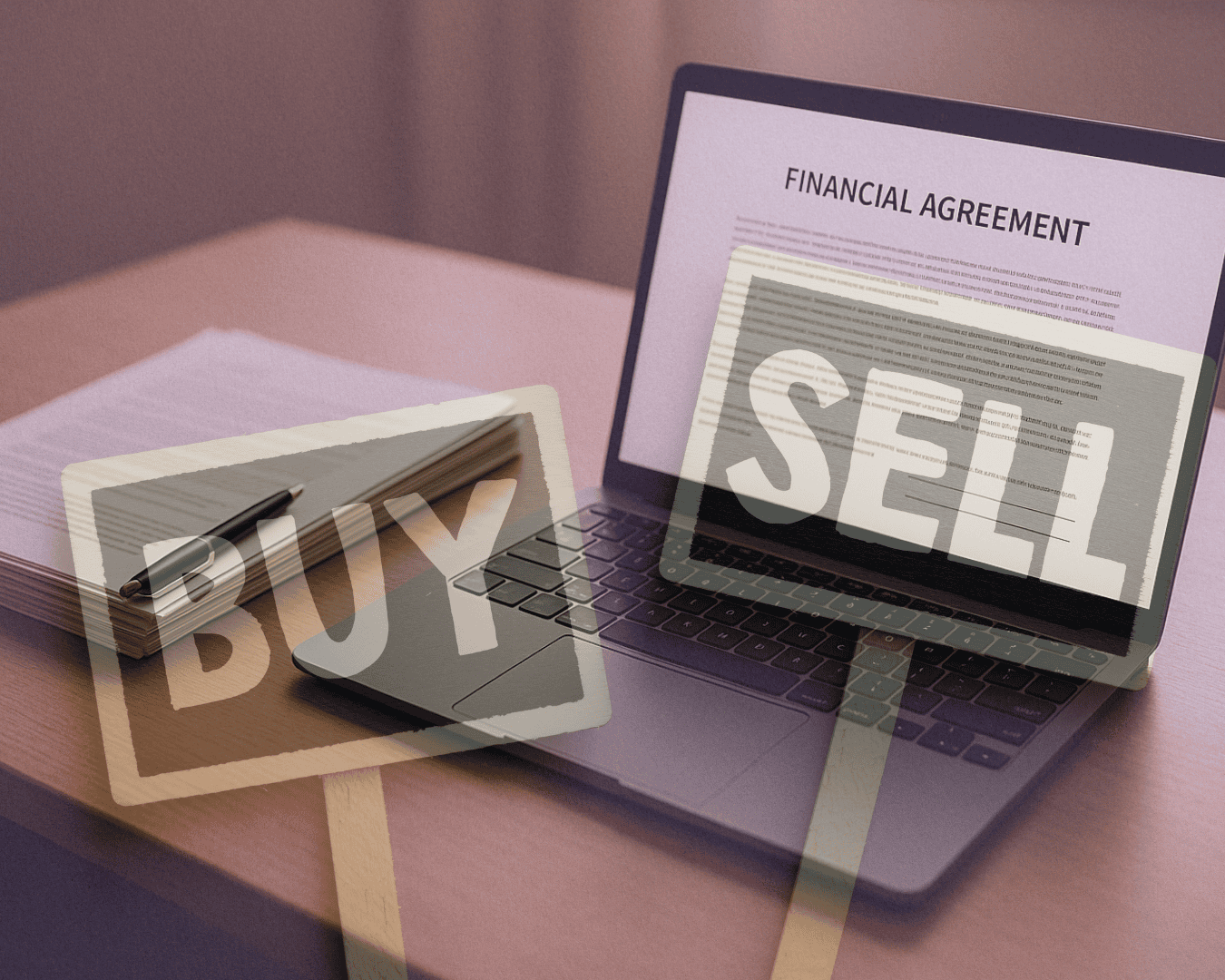
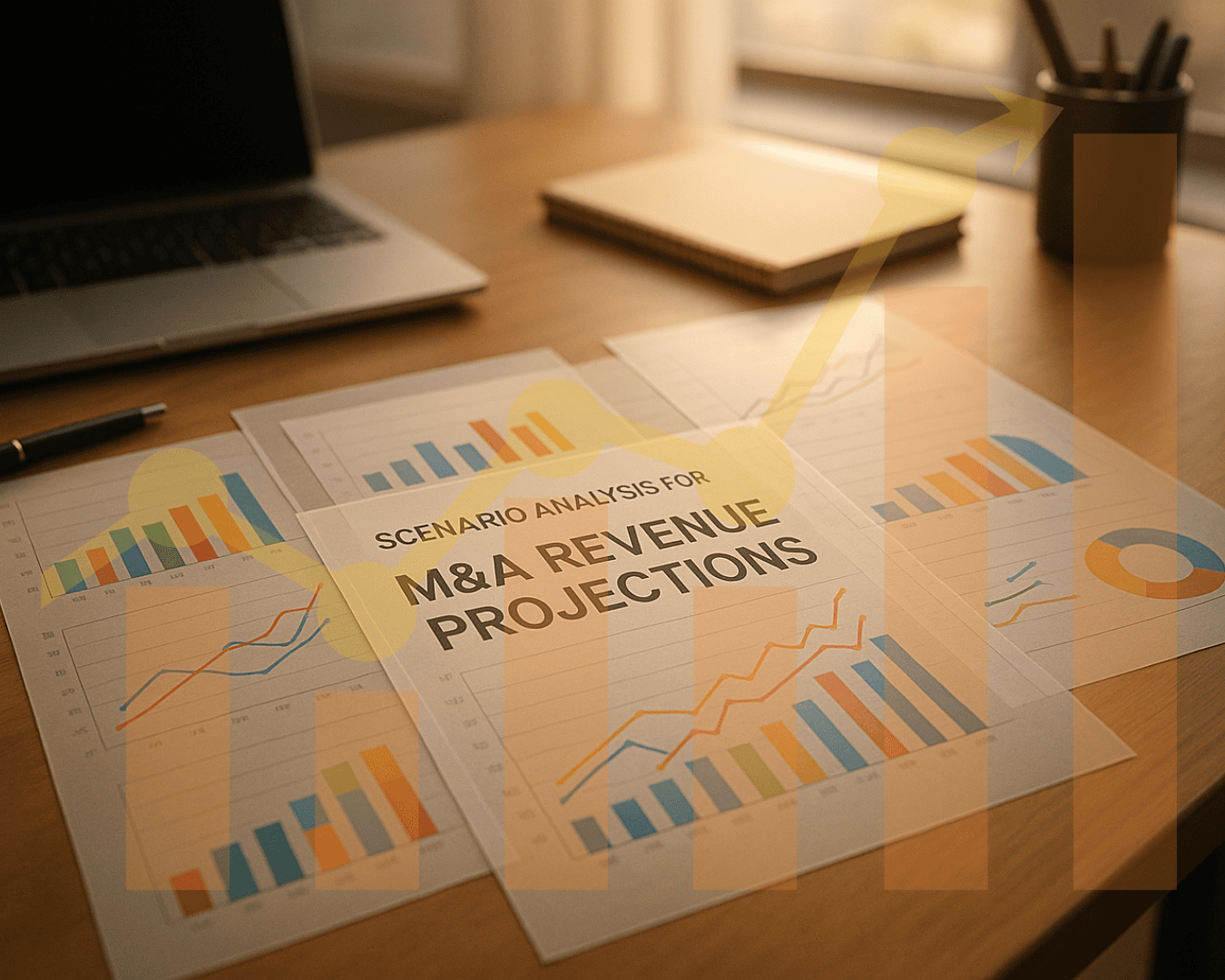
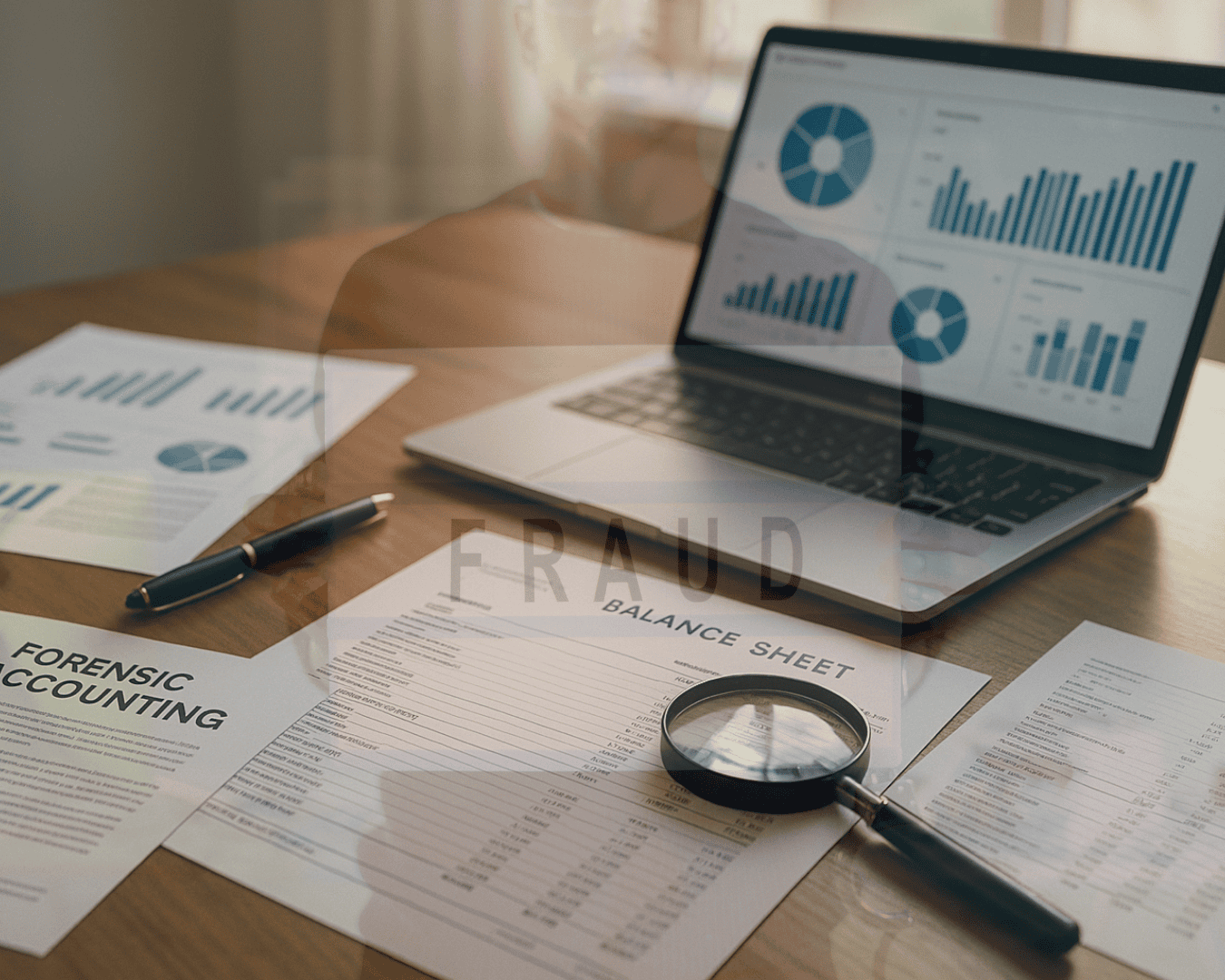
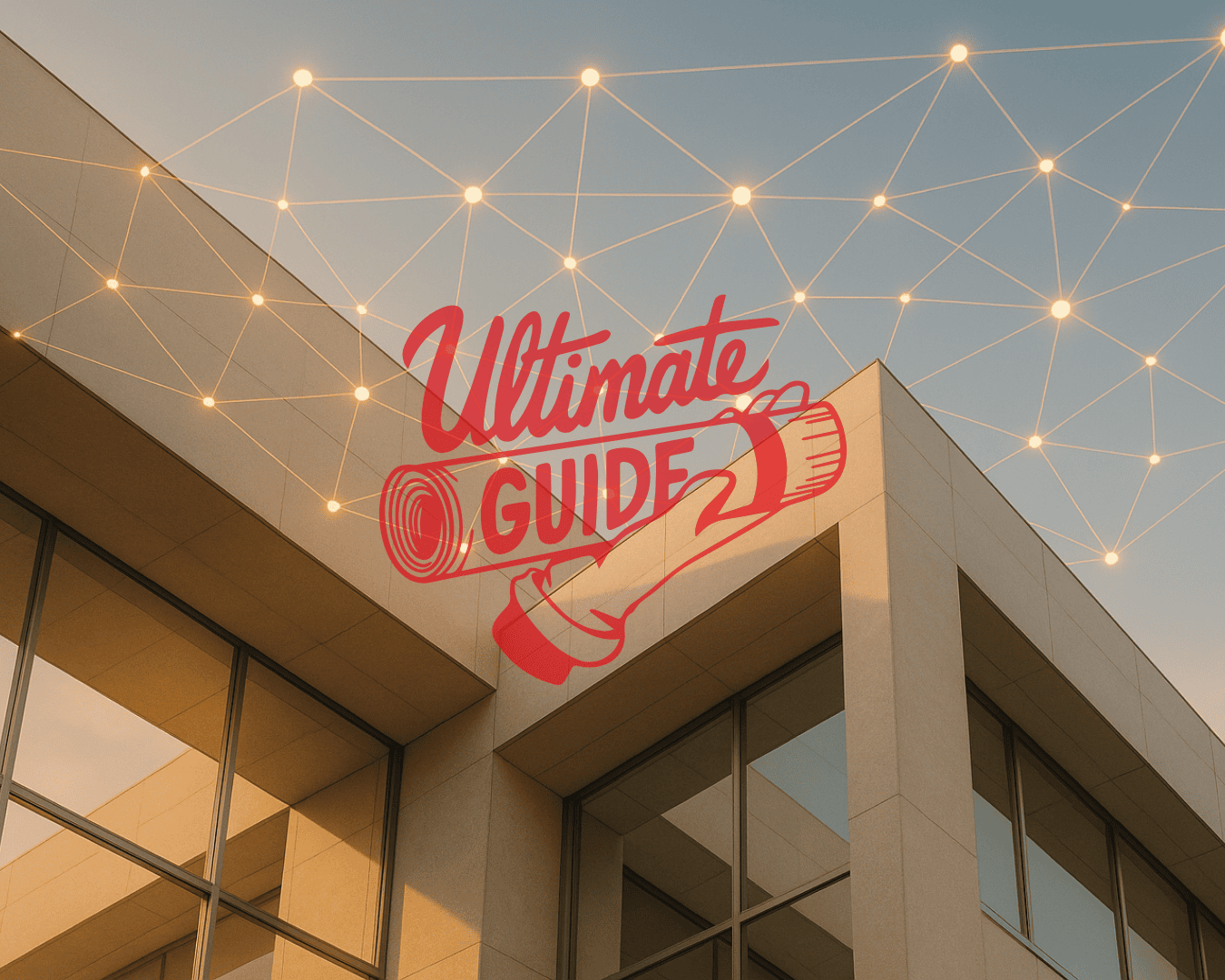



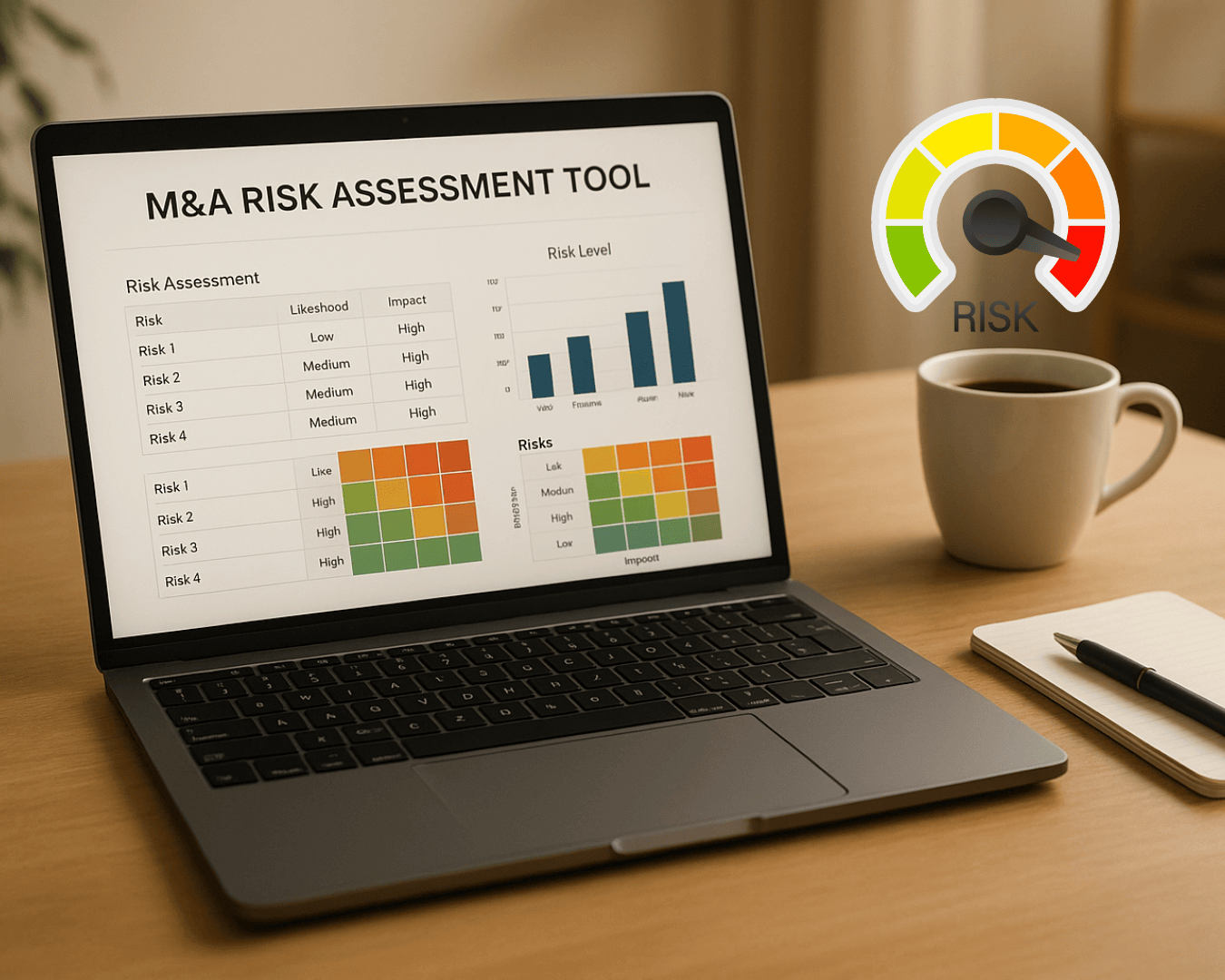
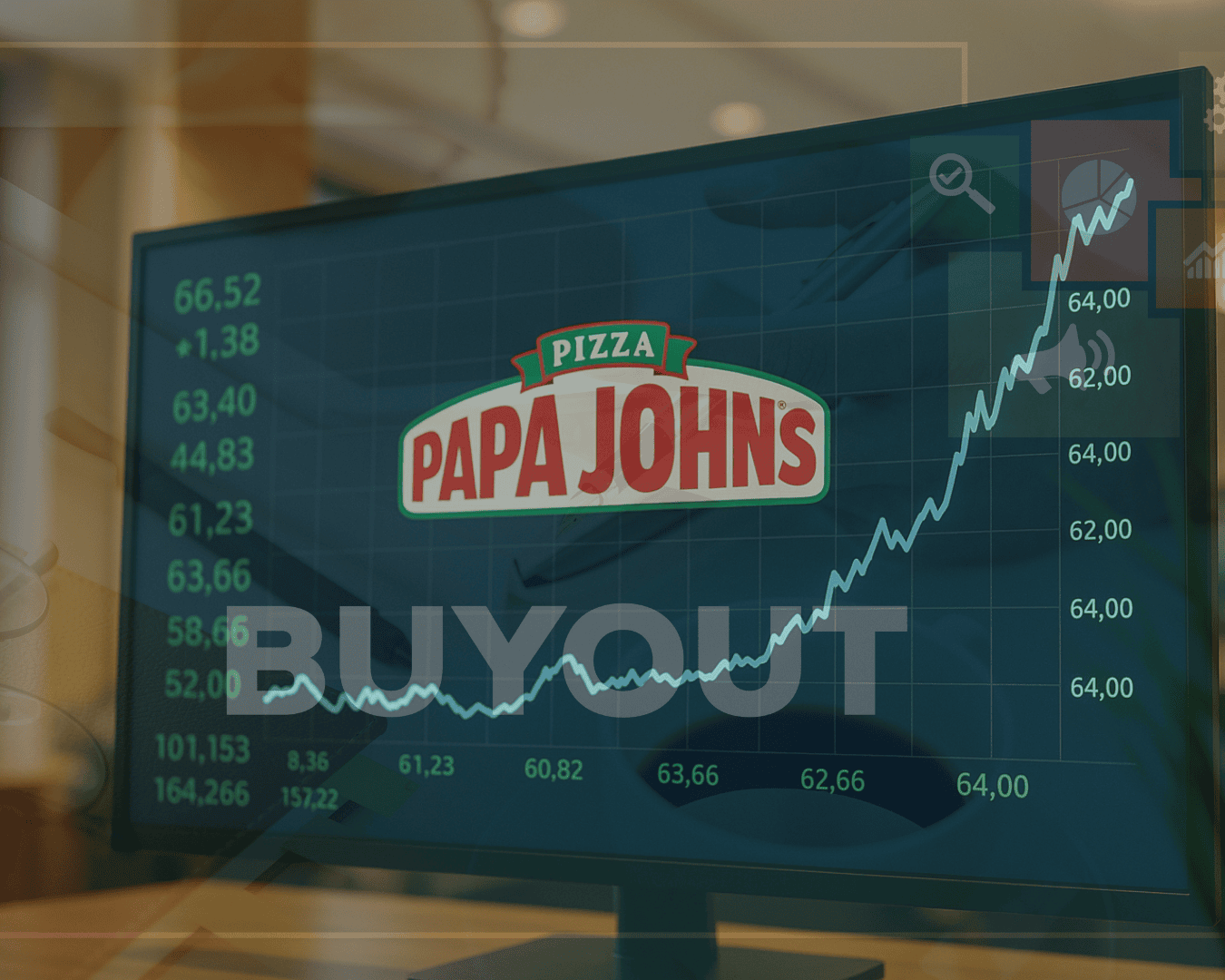
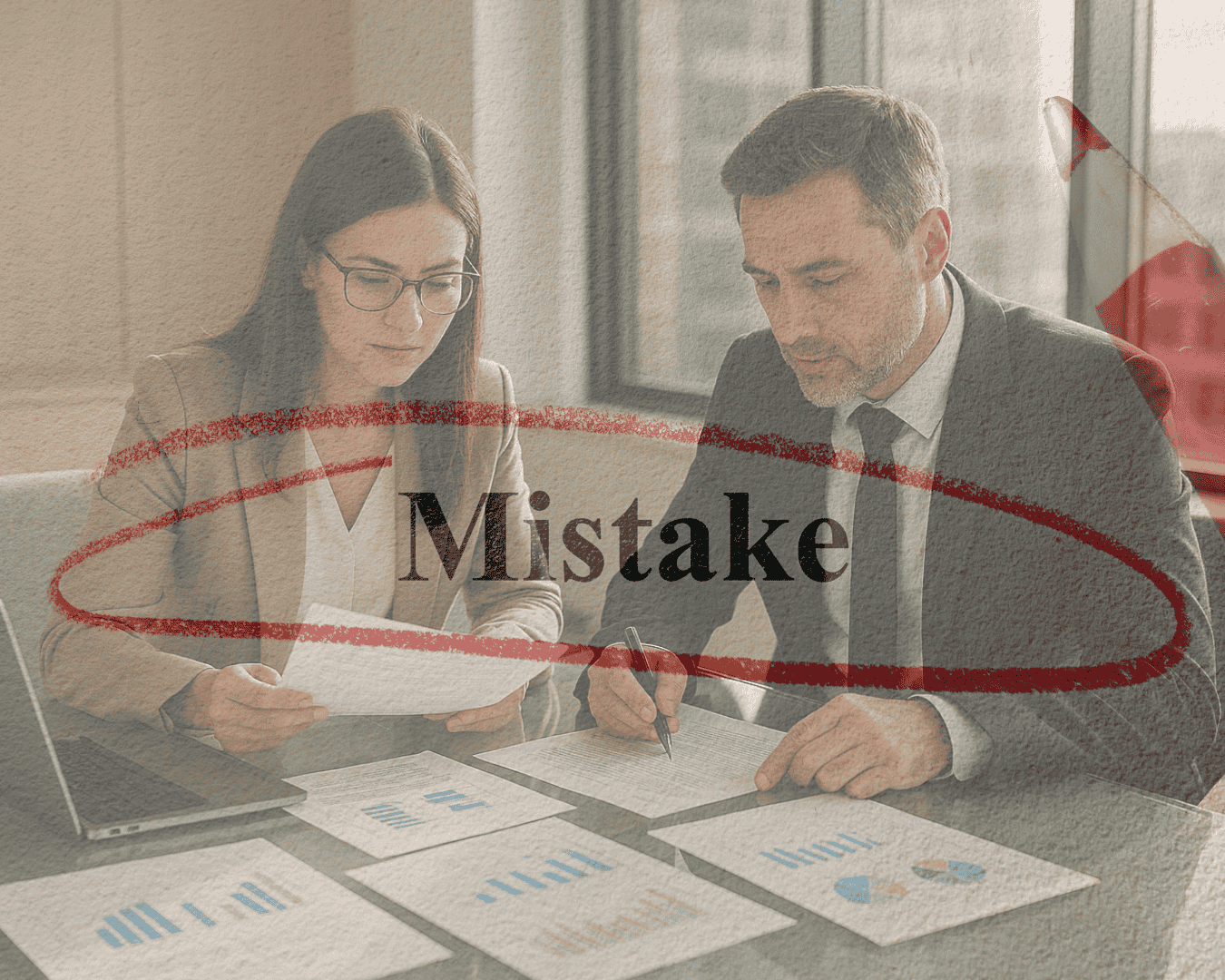
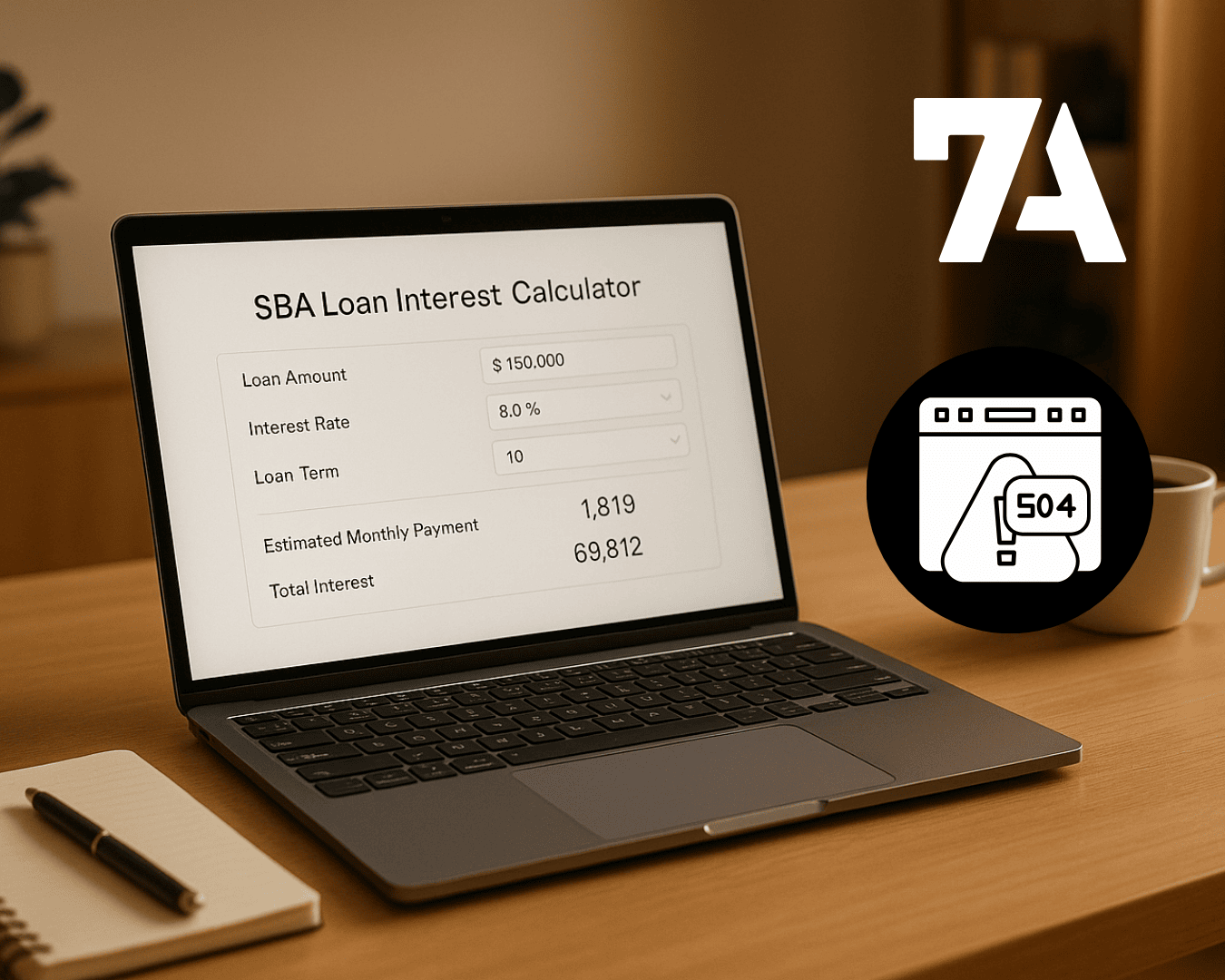
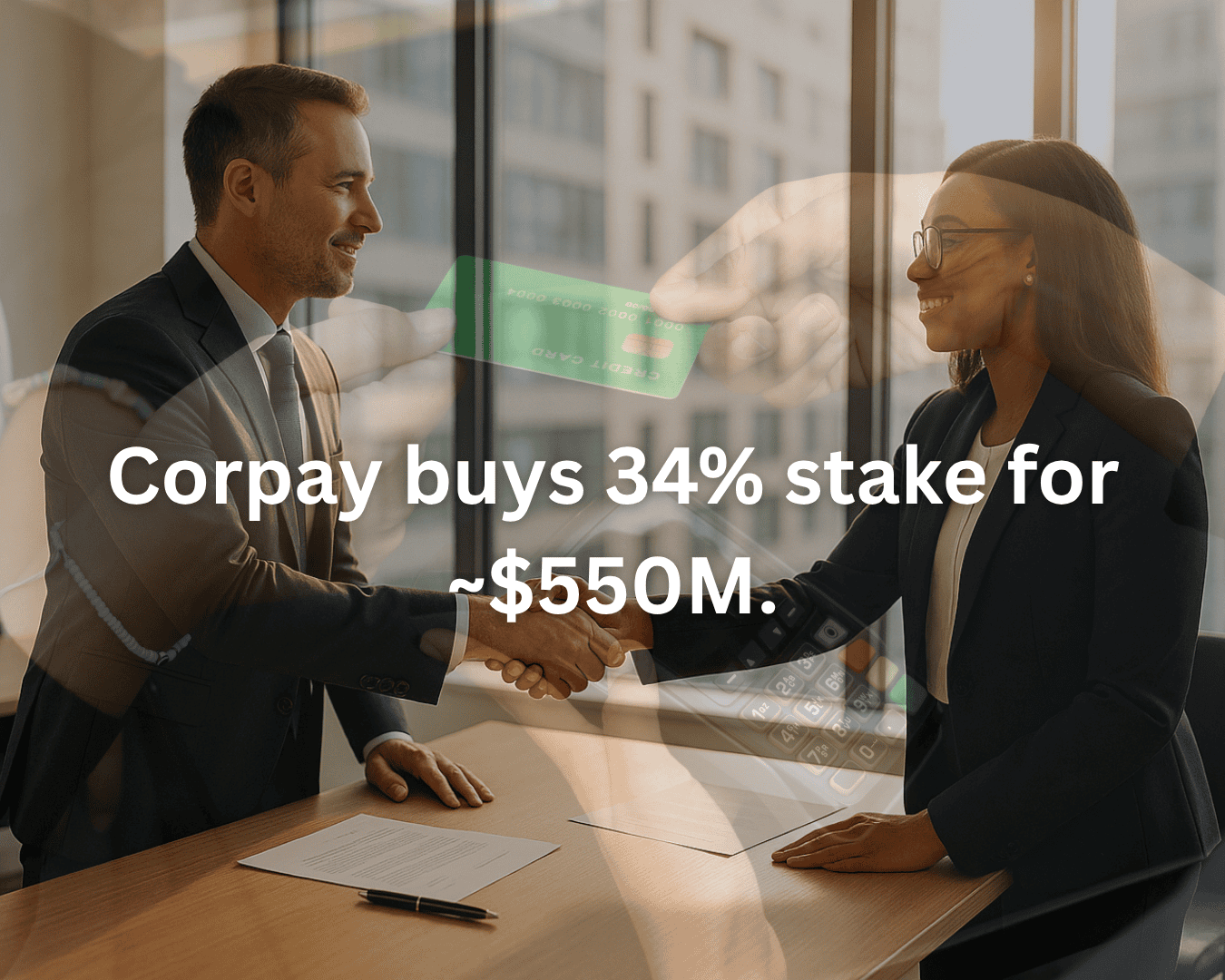







%20Loan%20Application%20Checklist.png)
